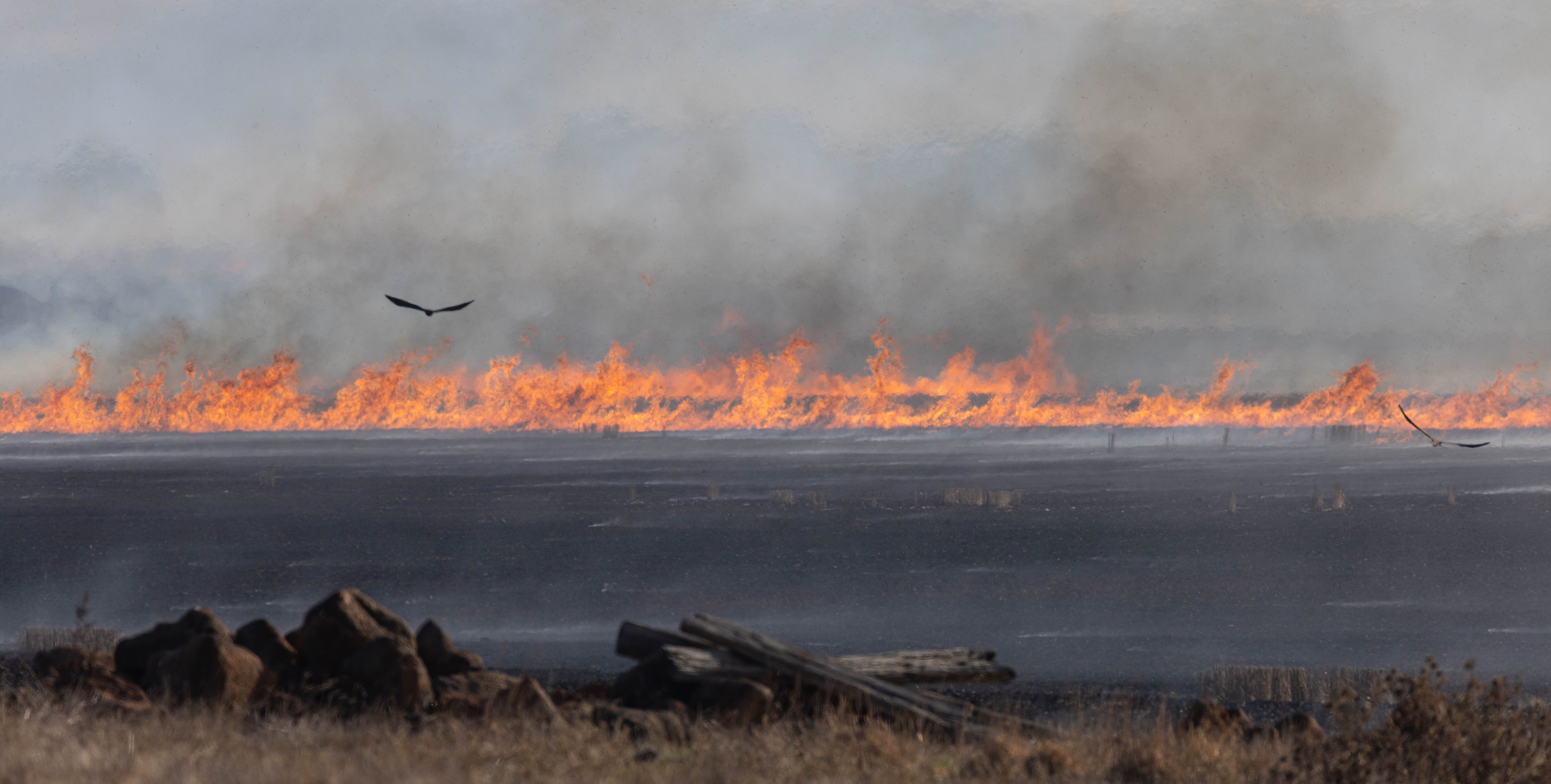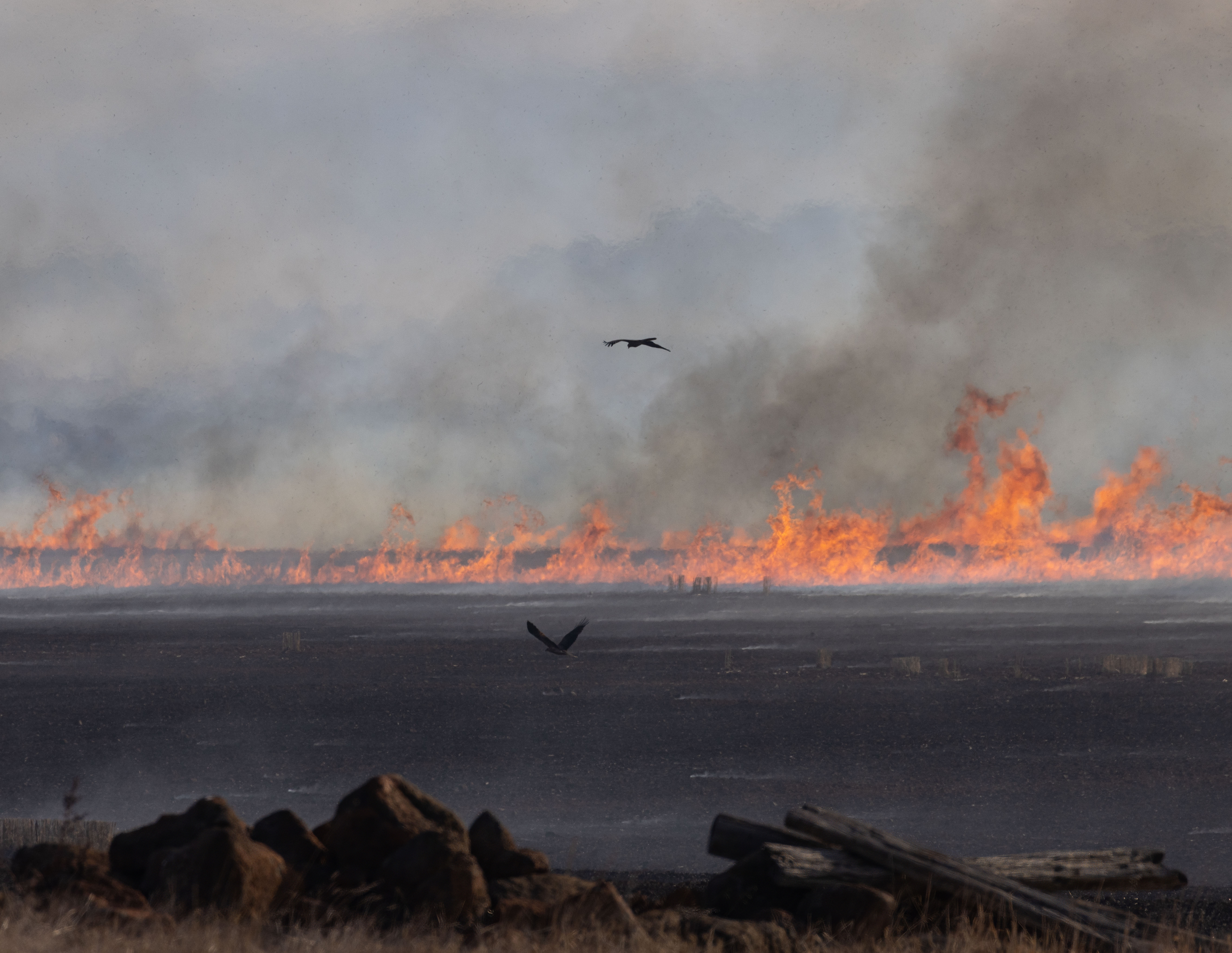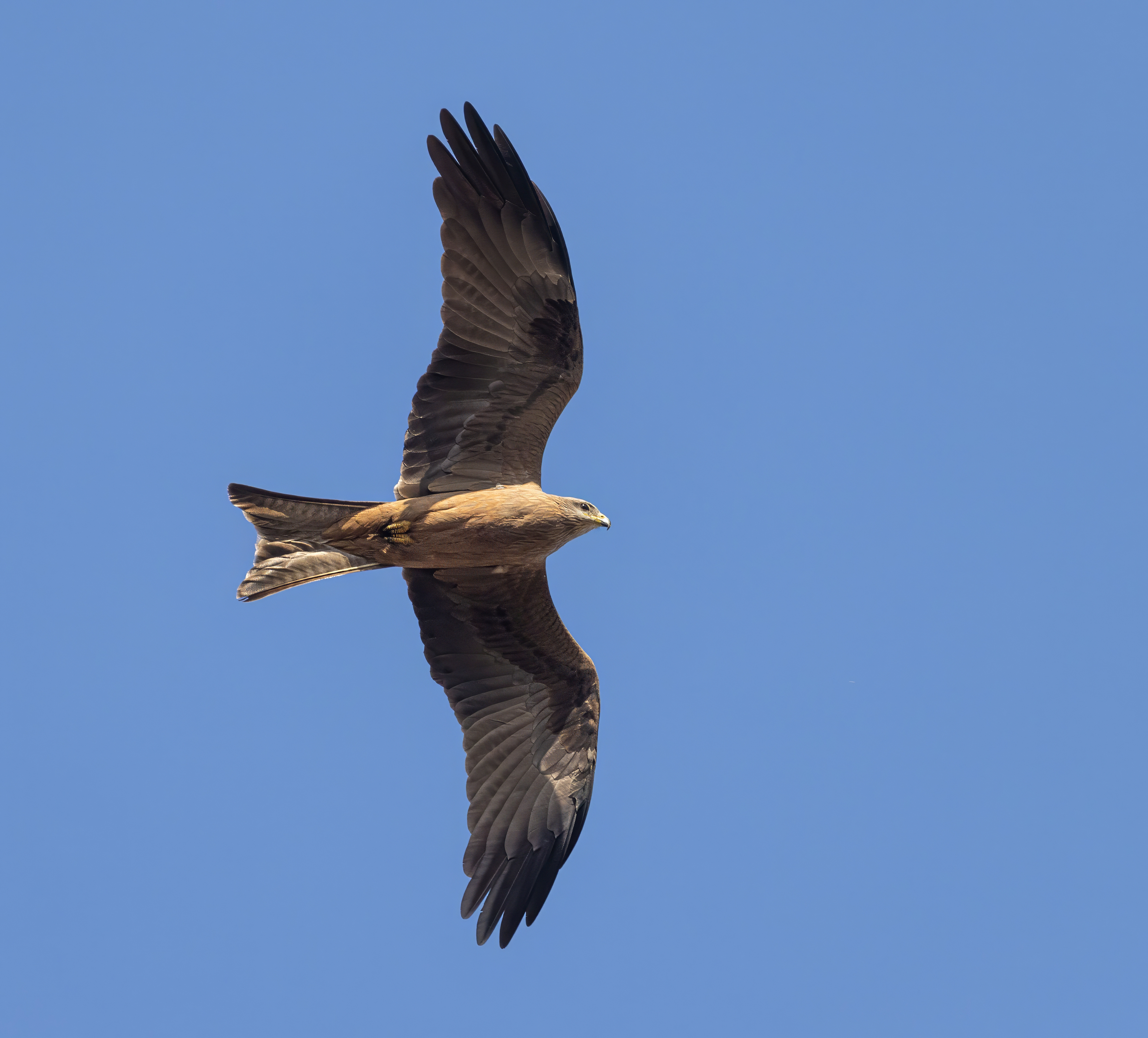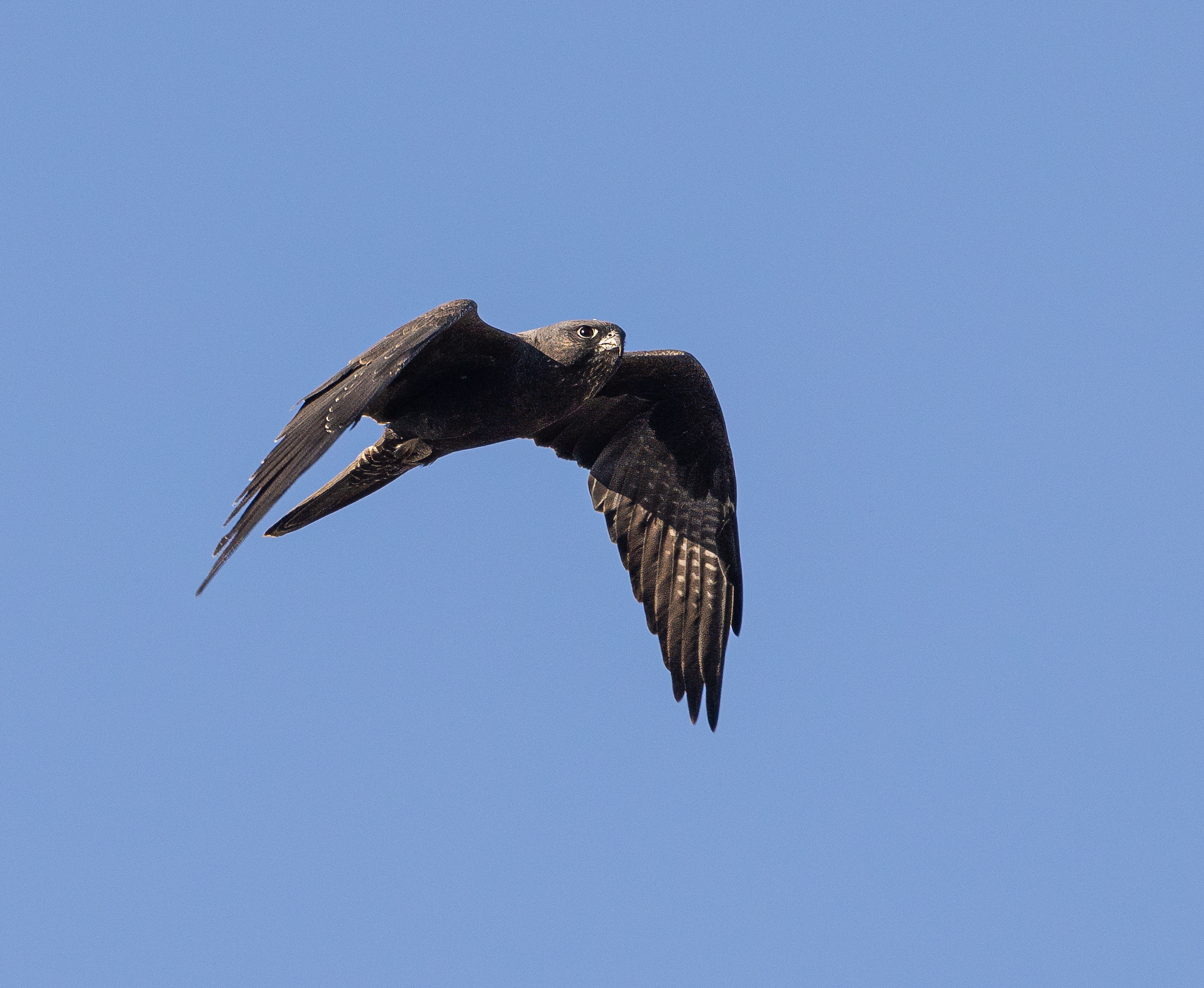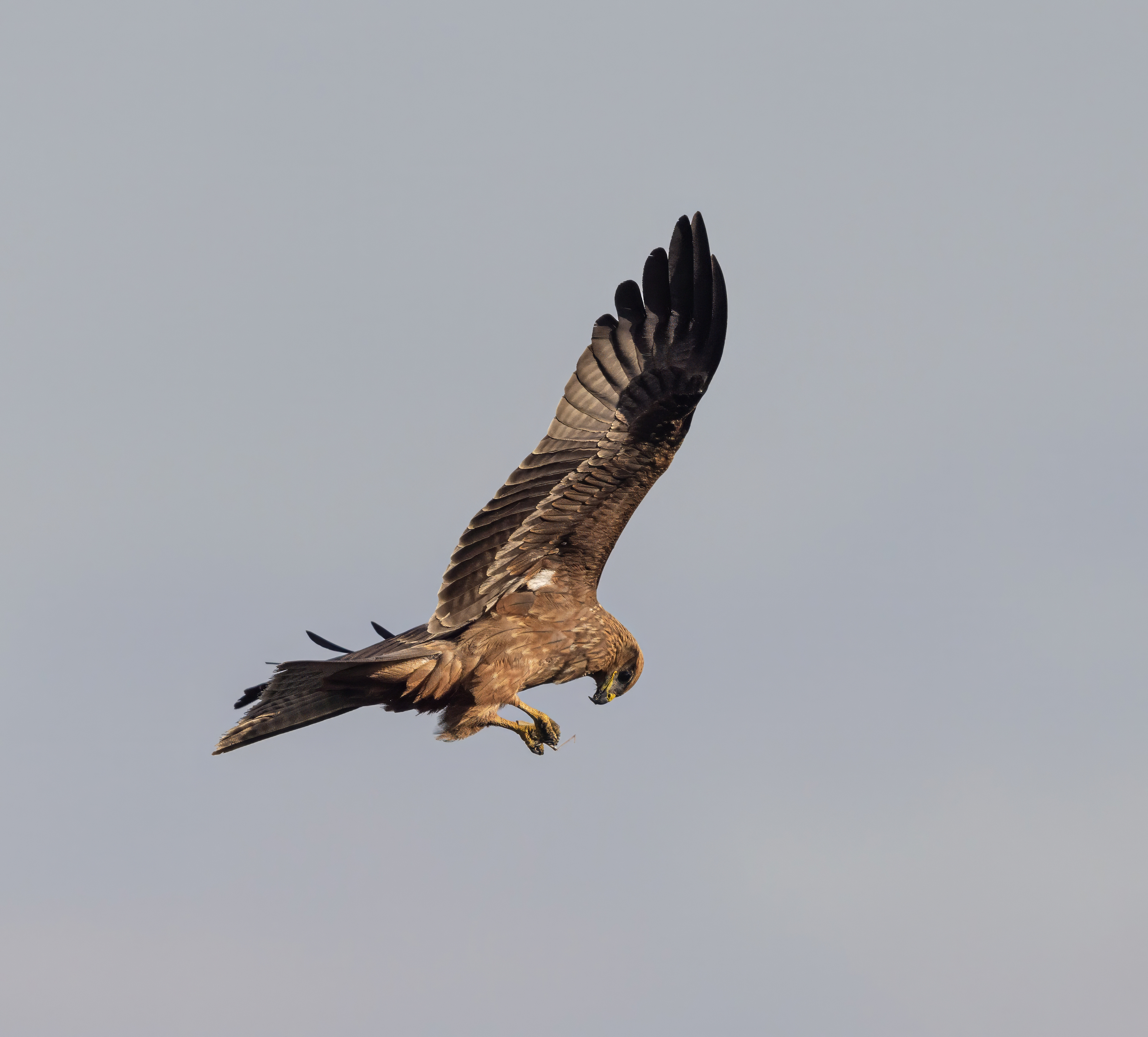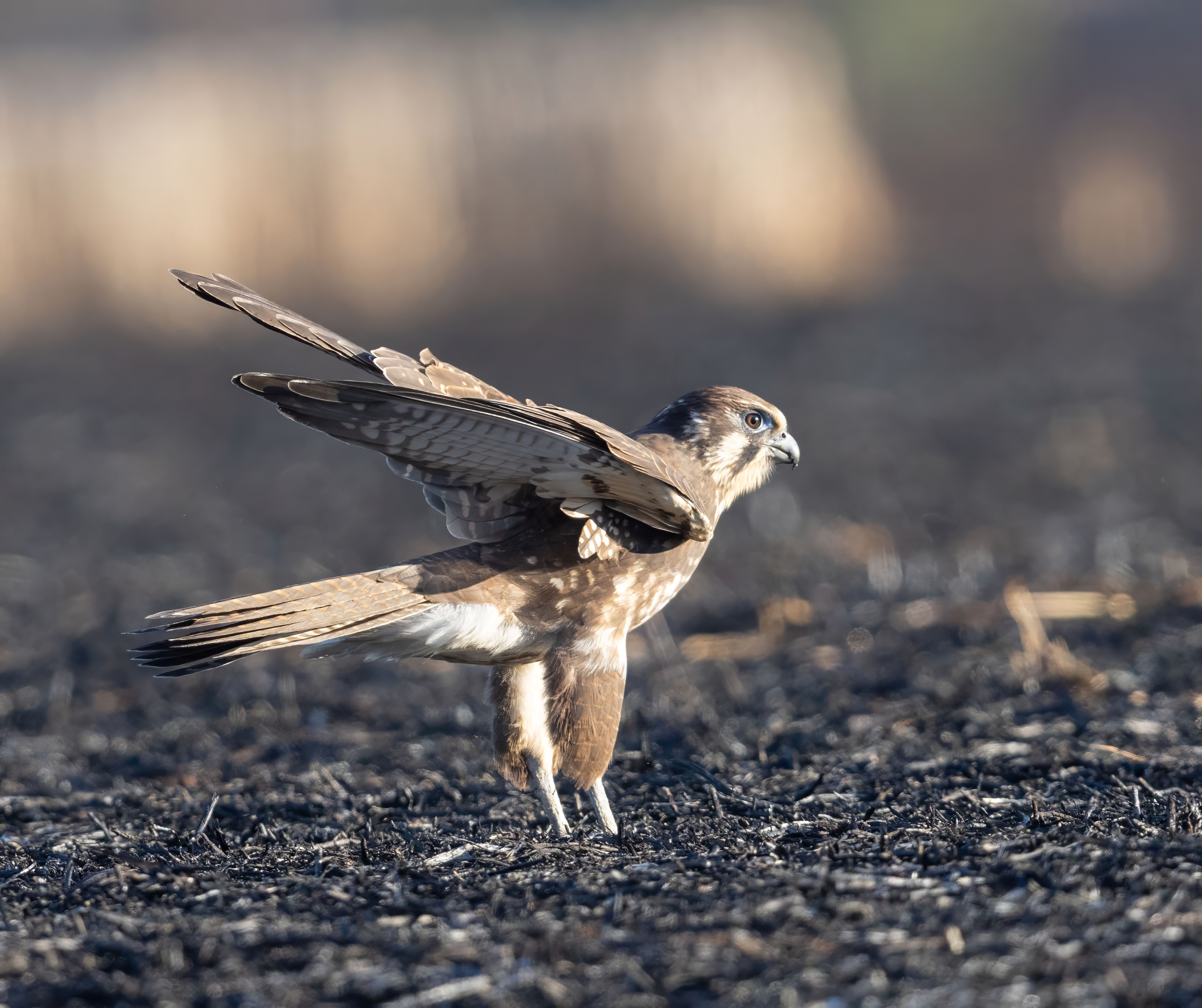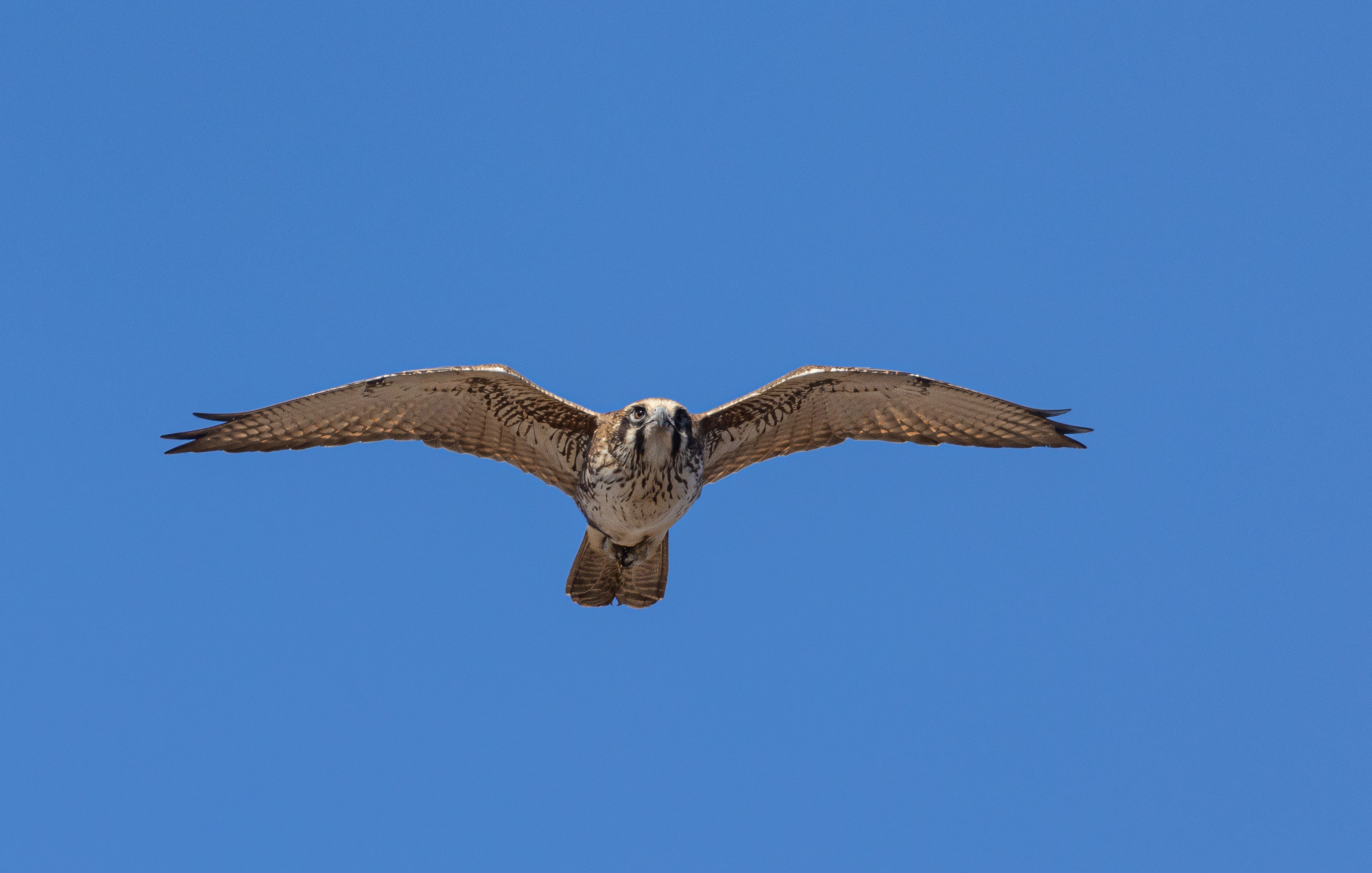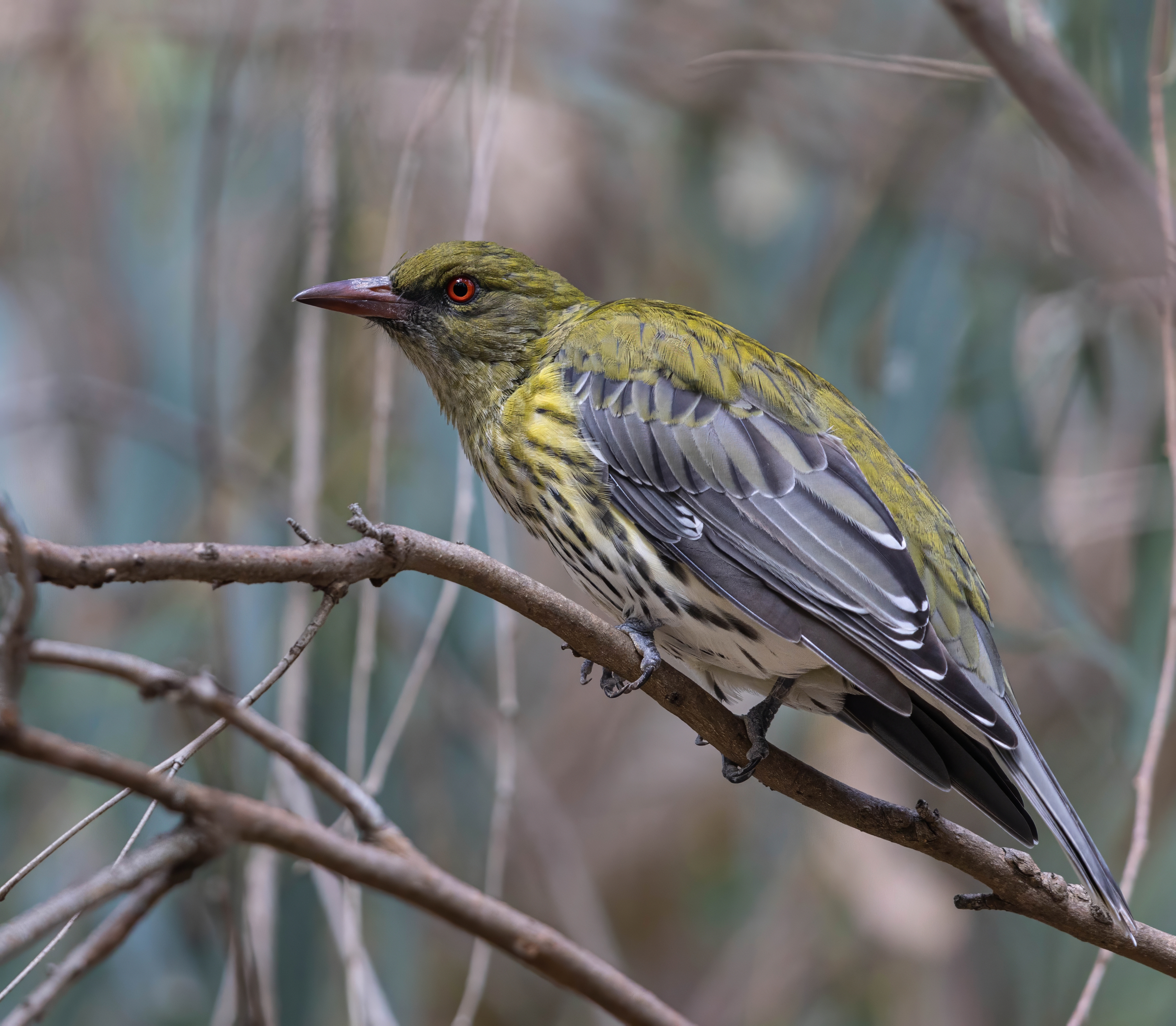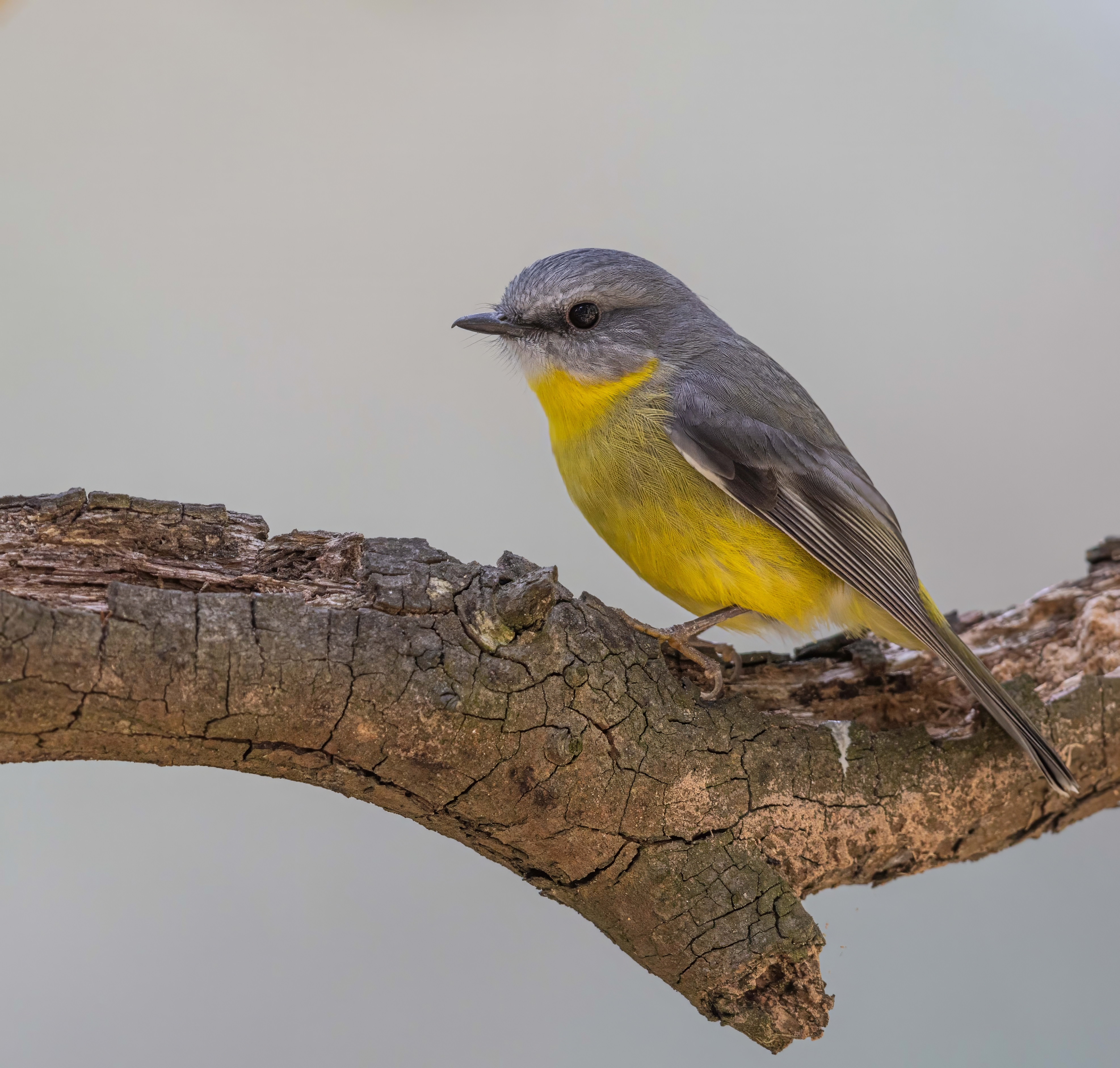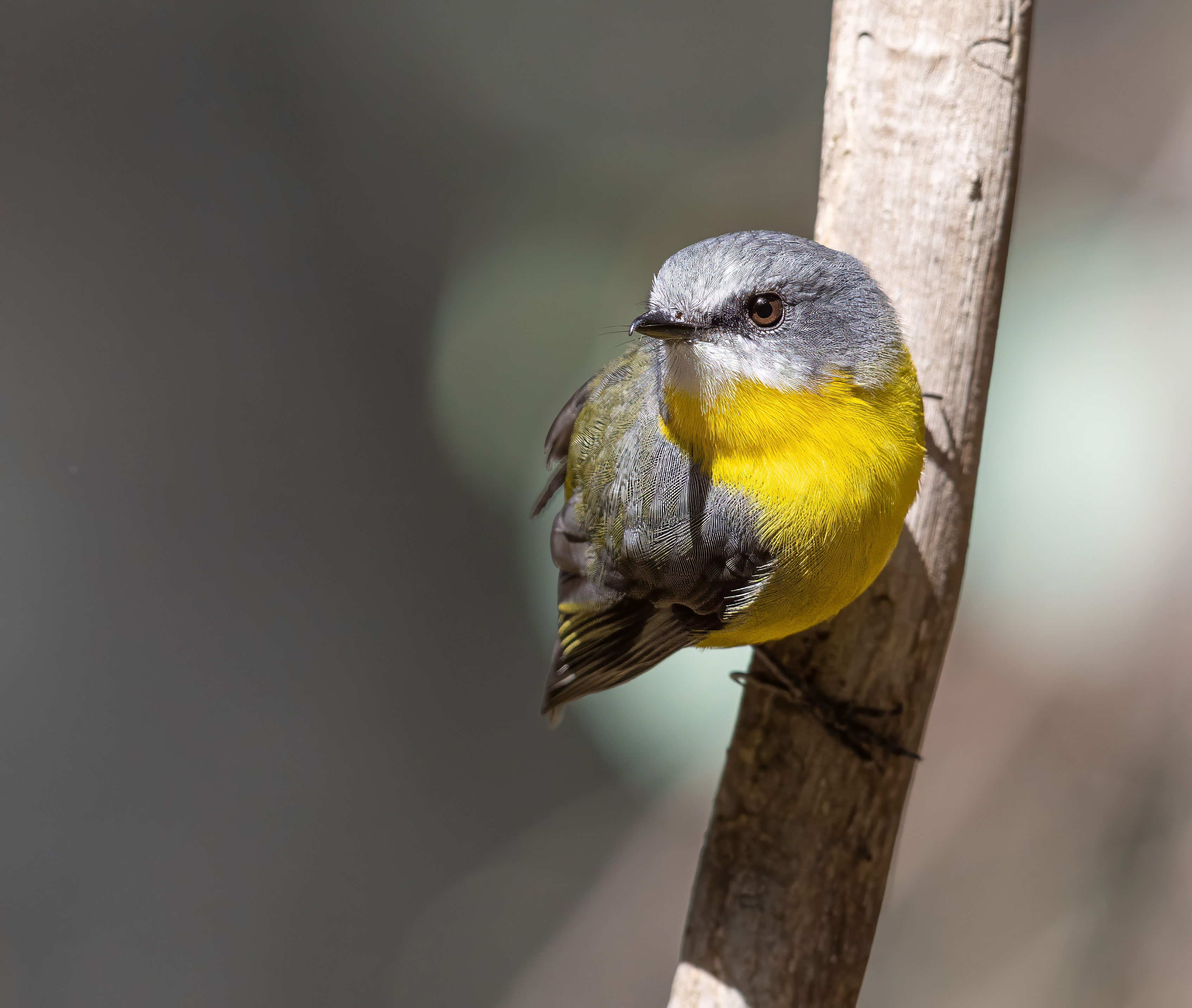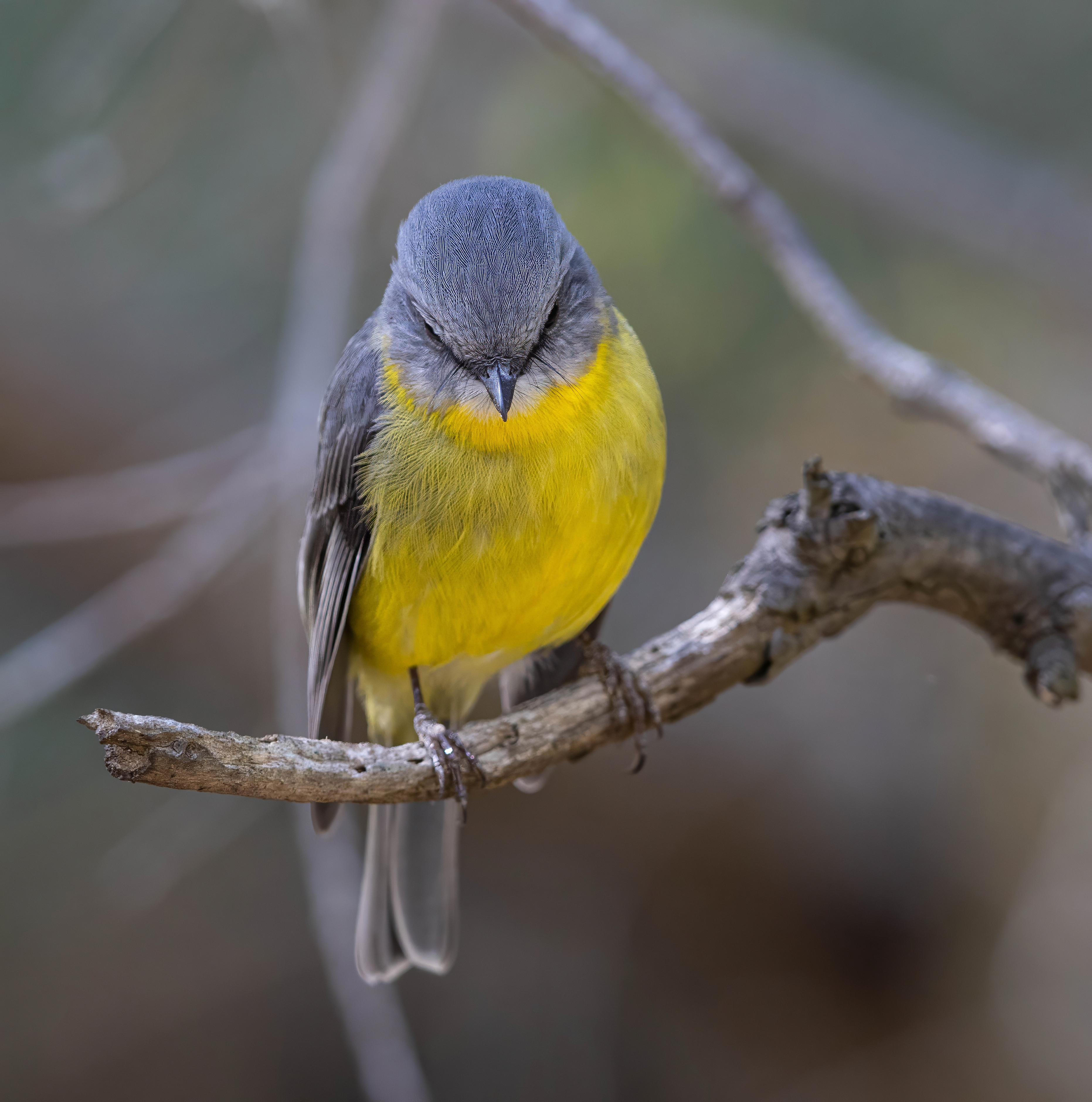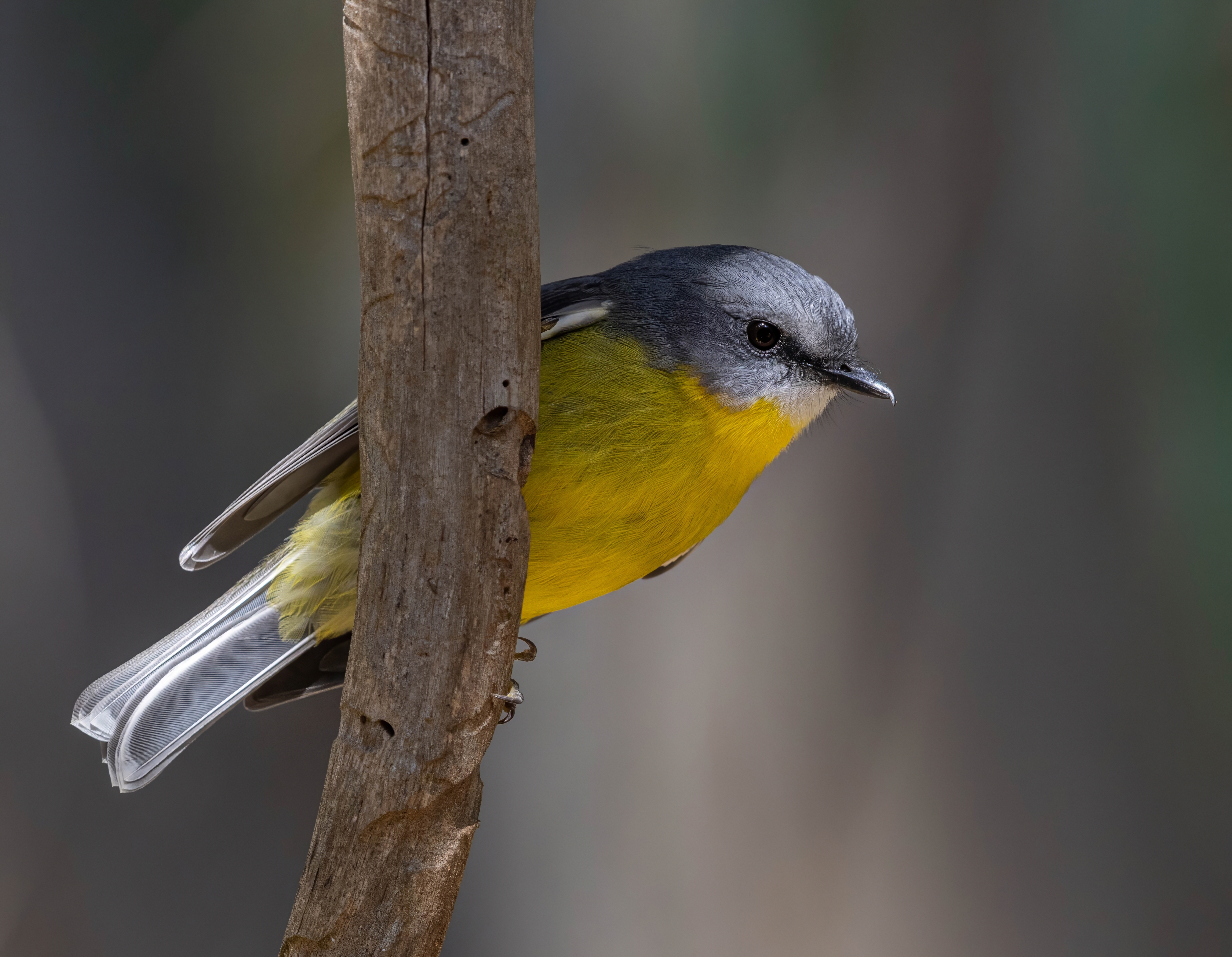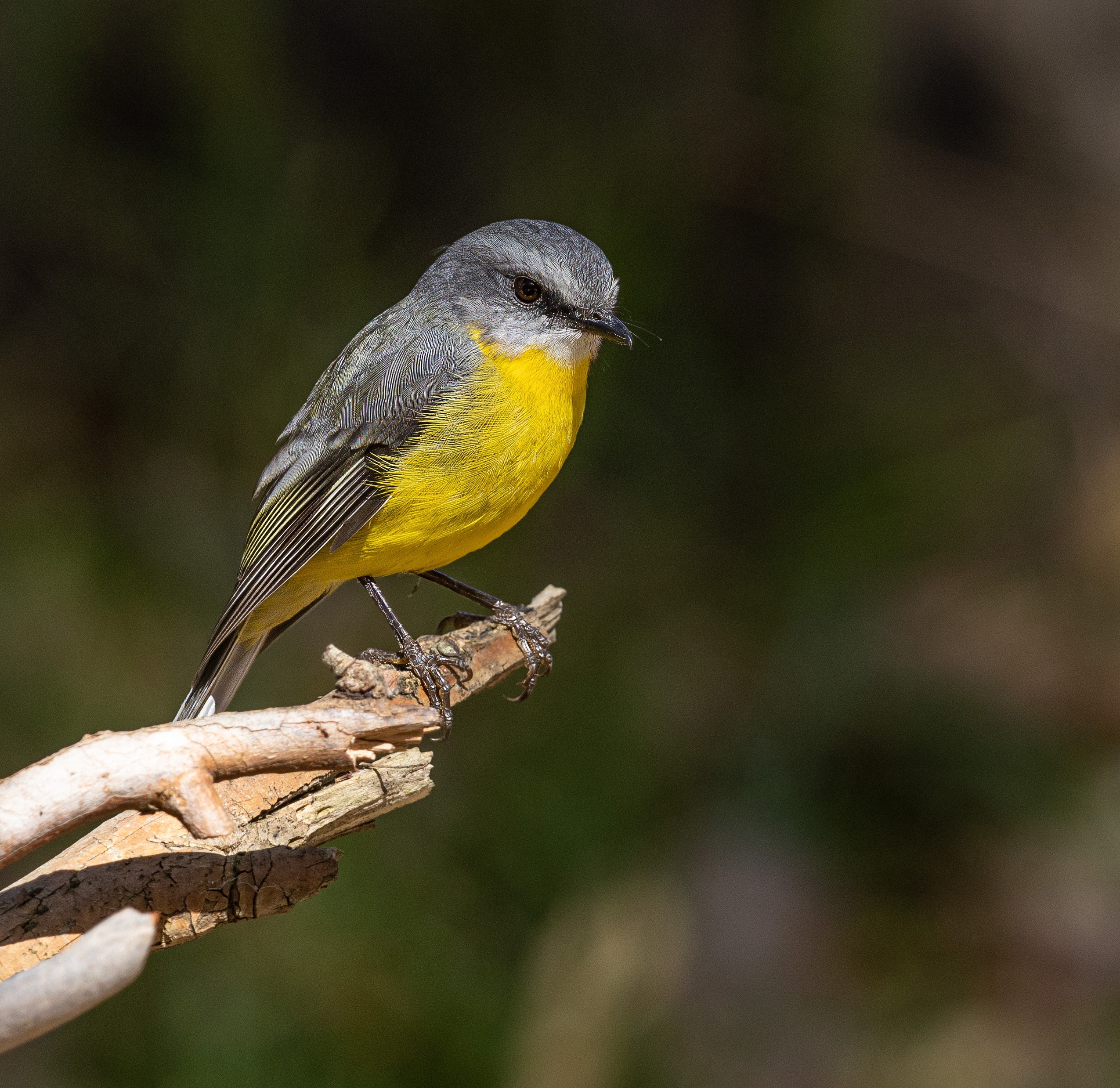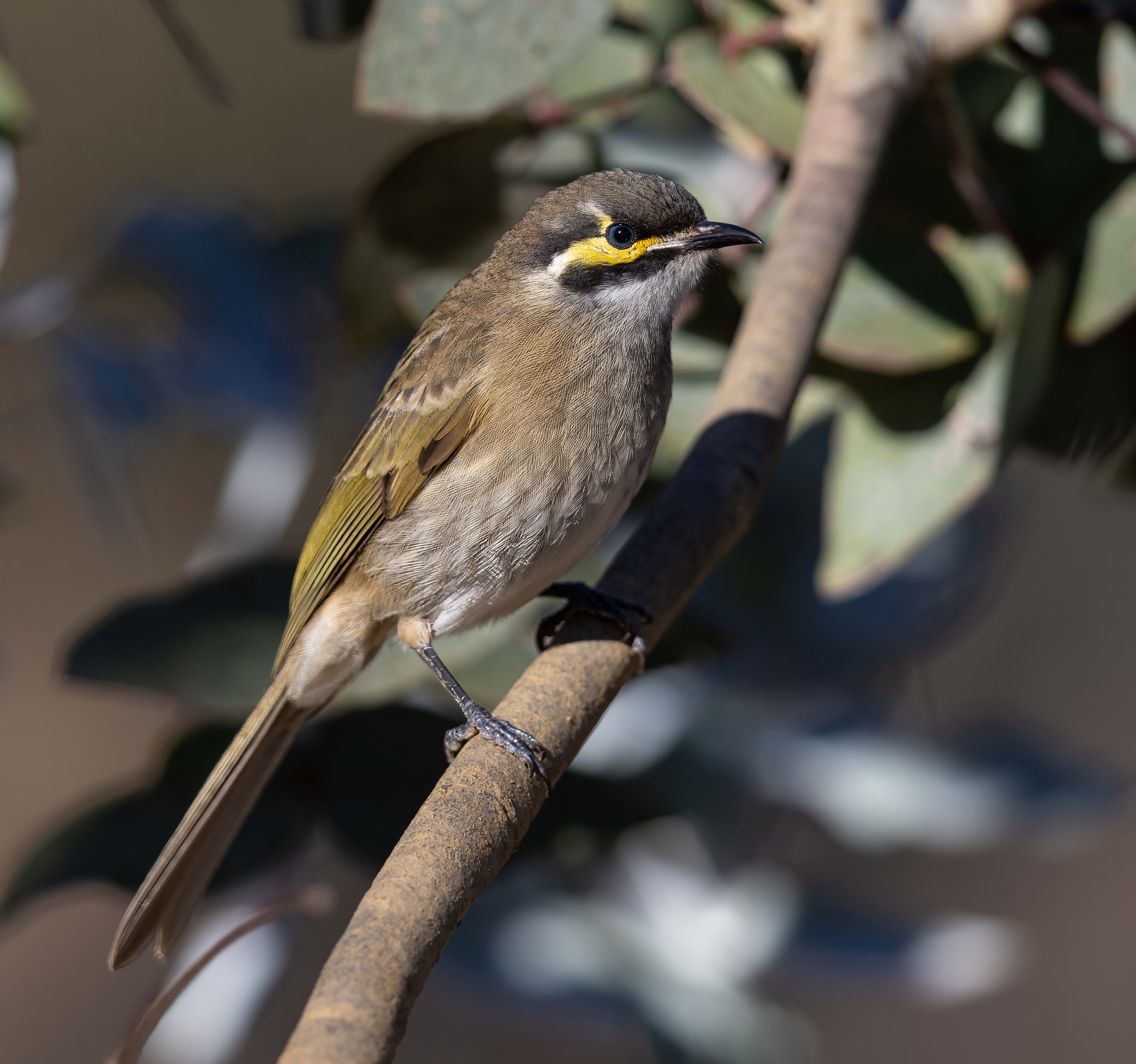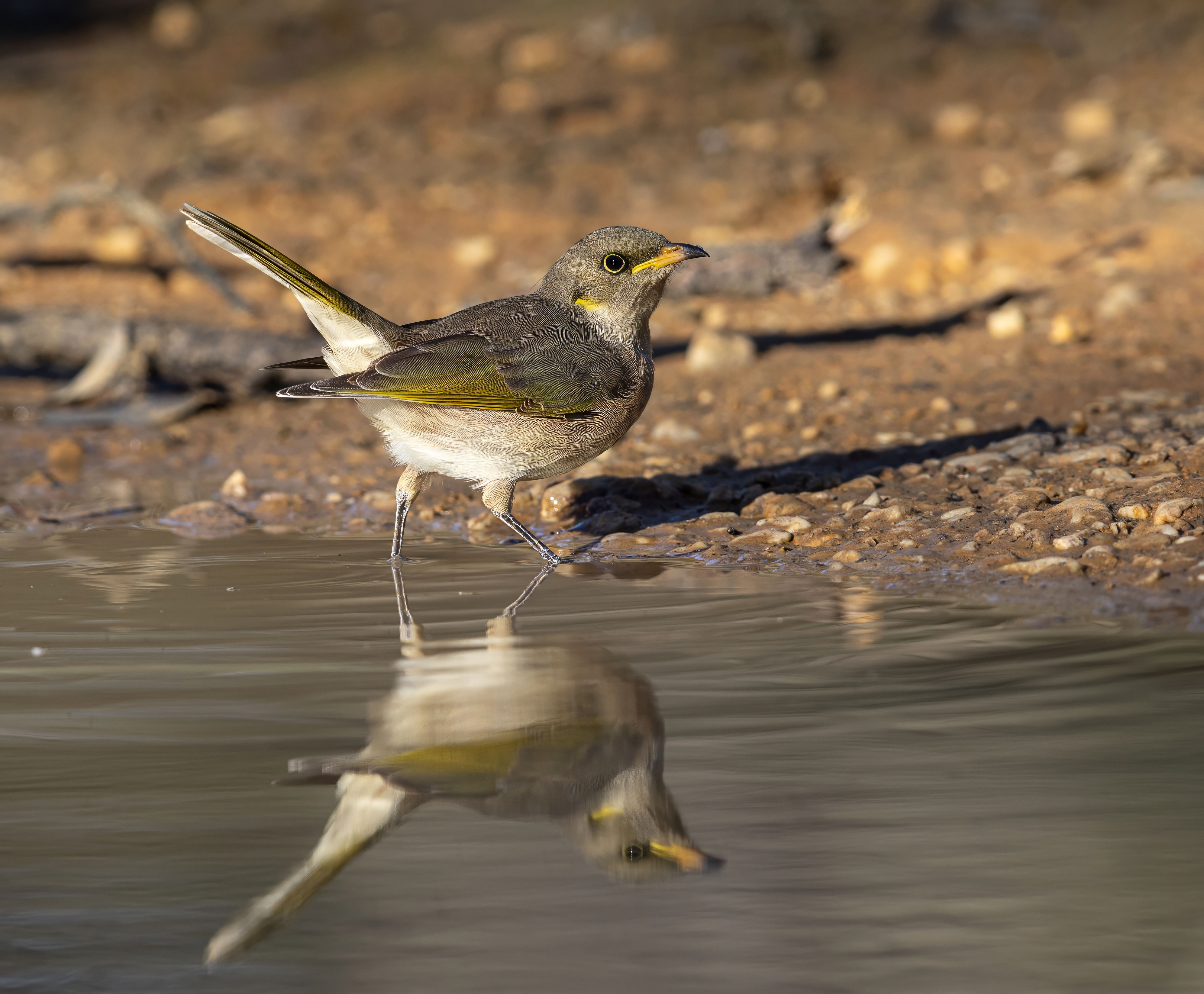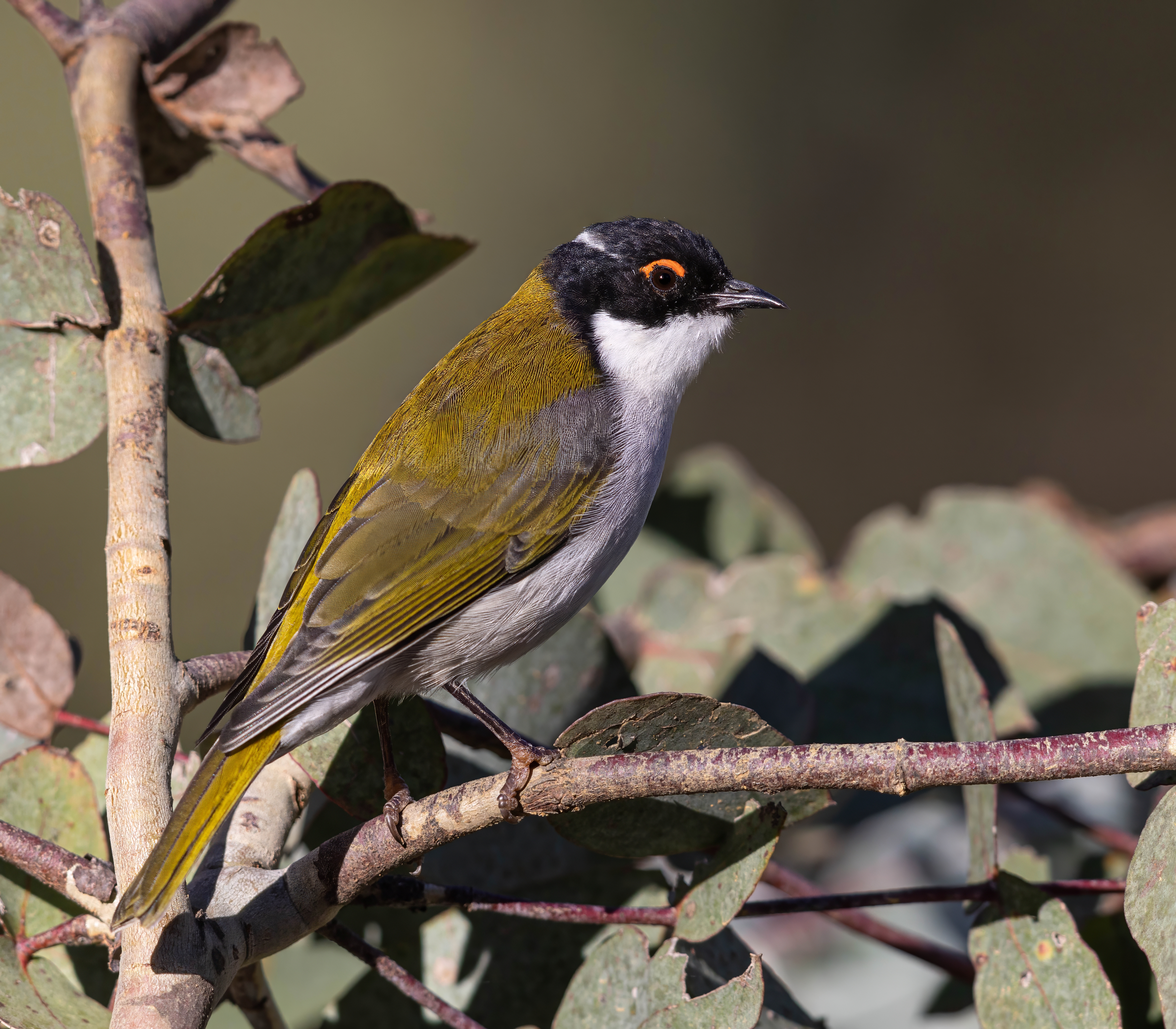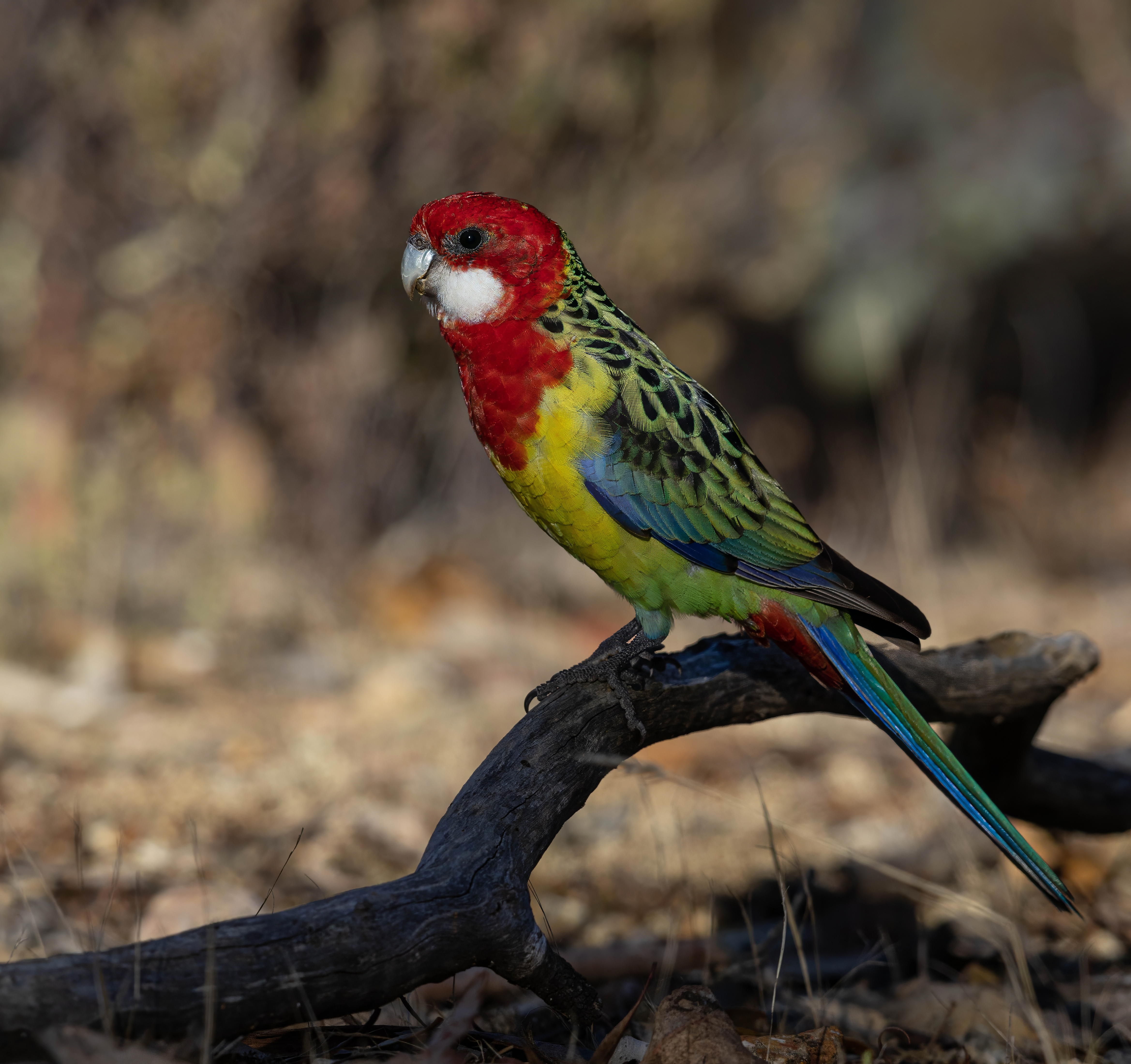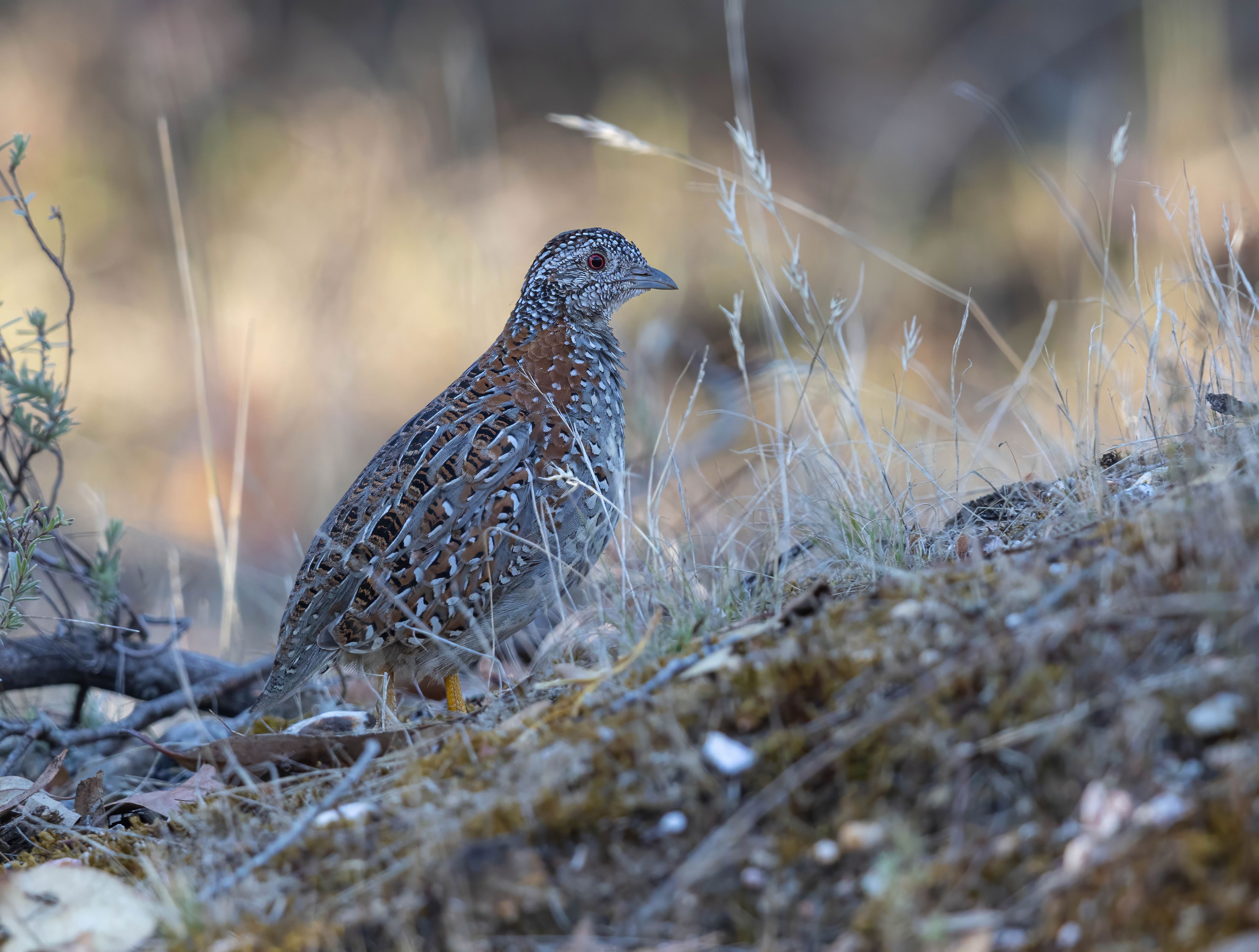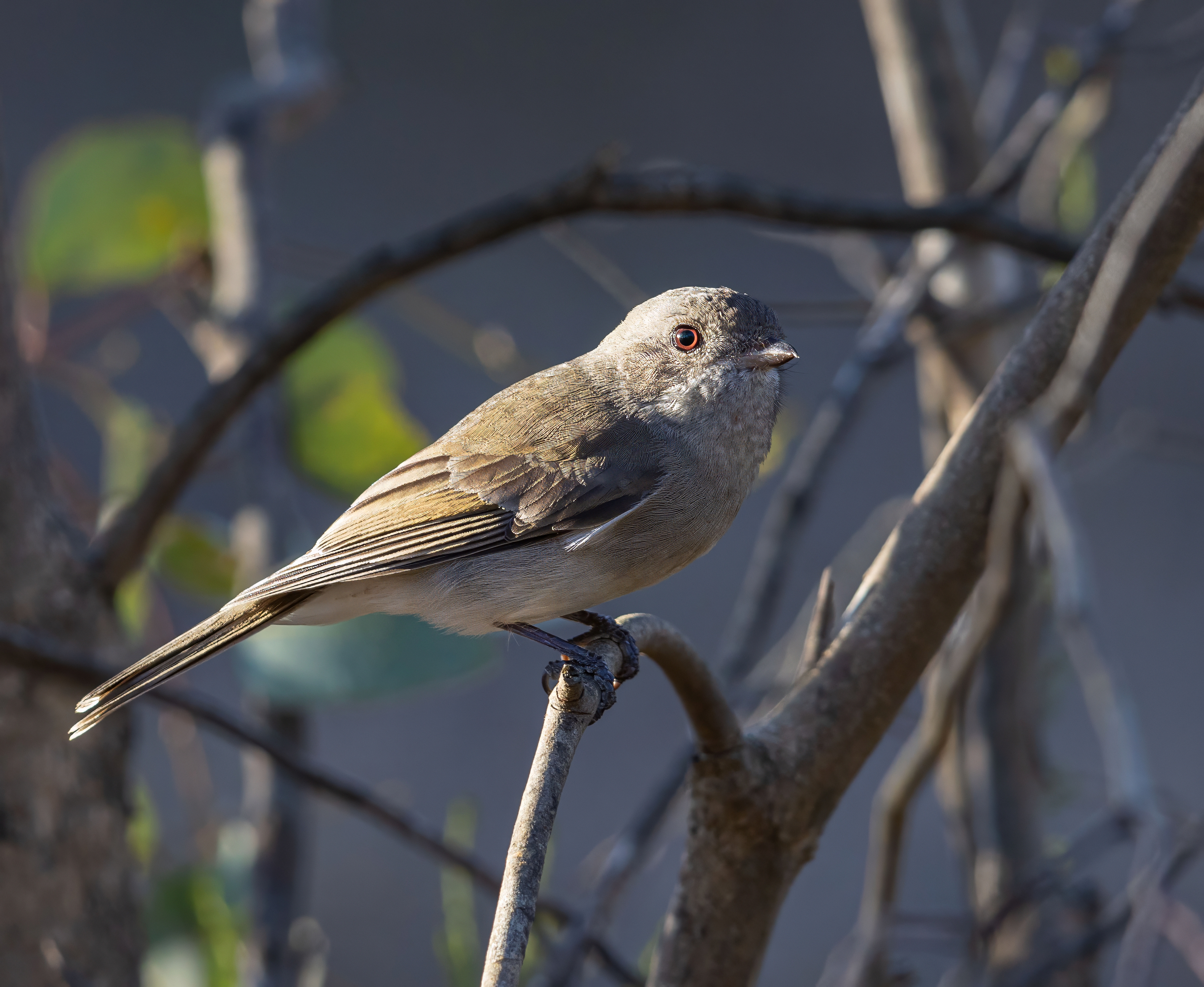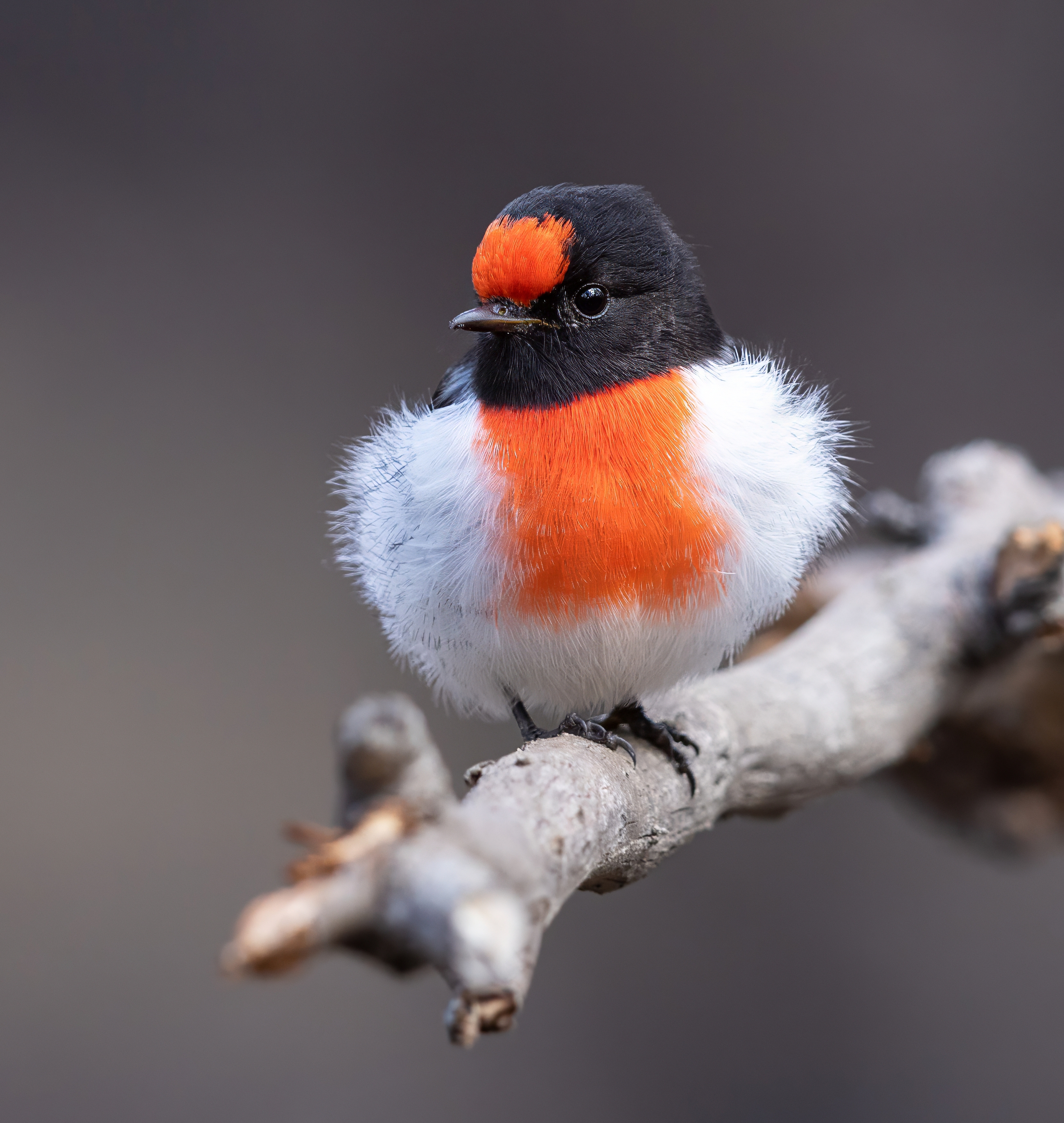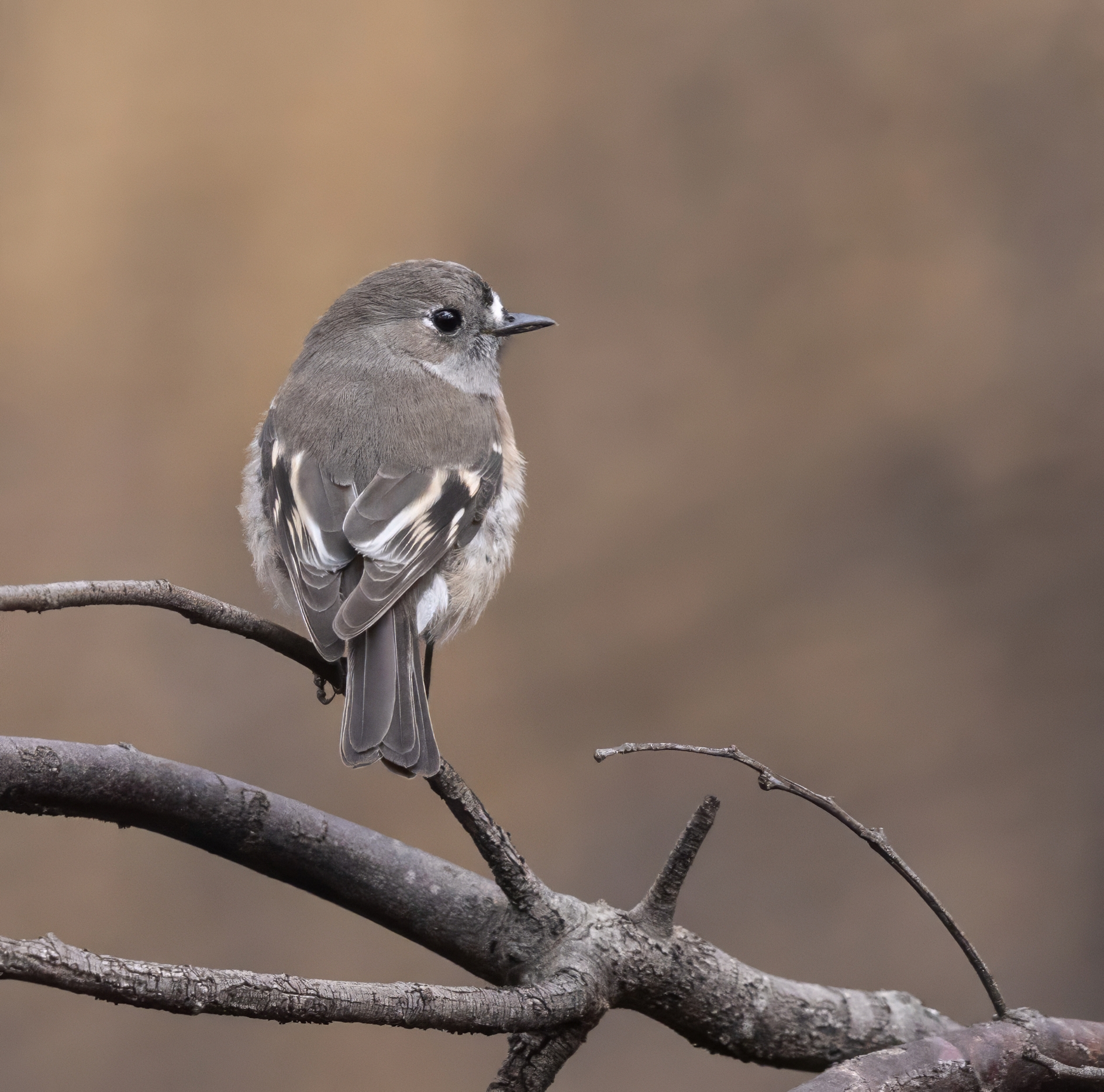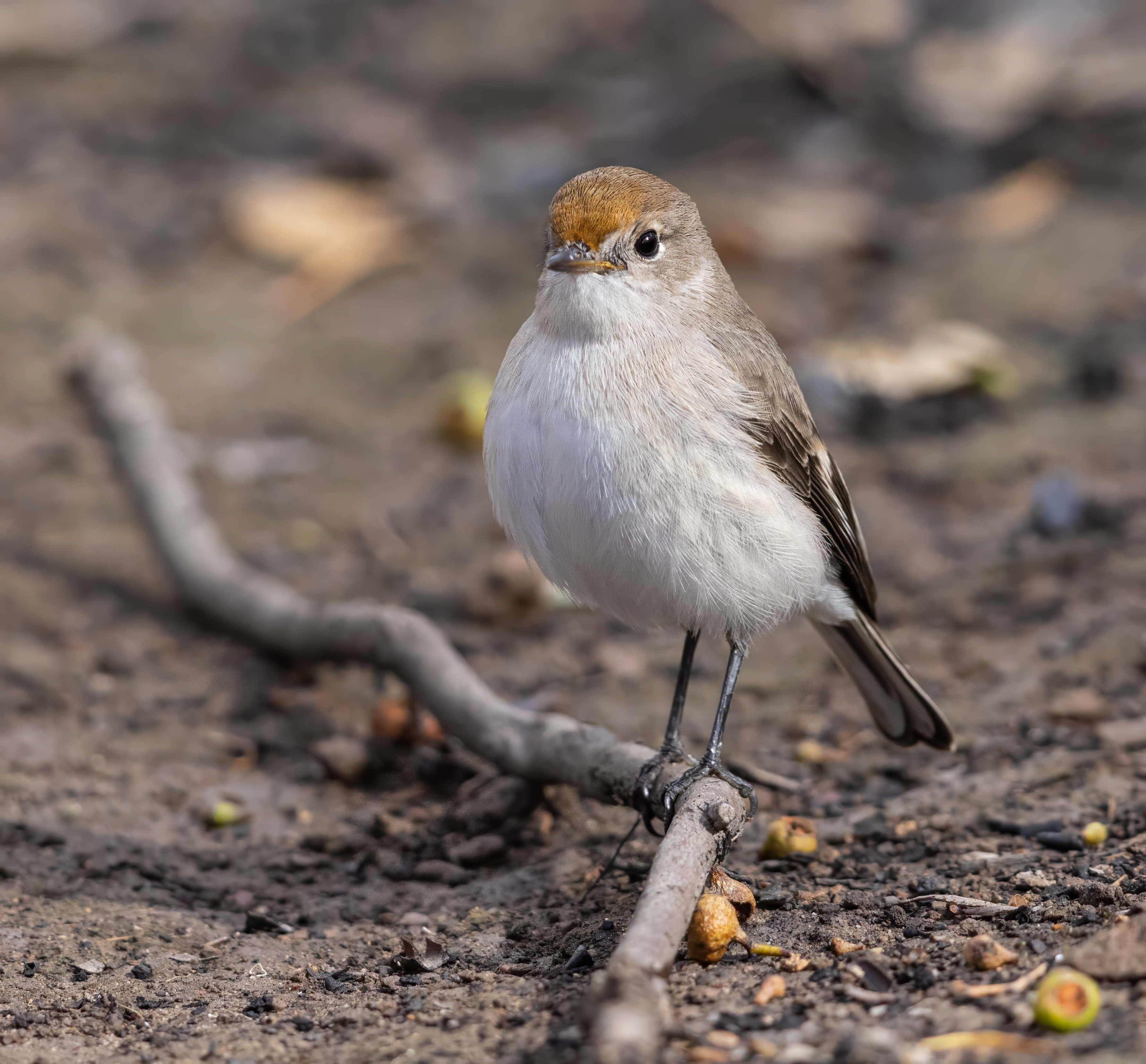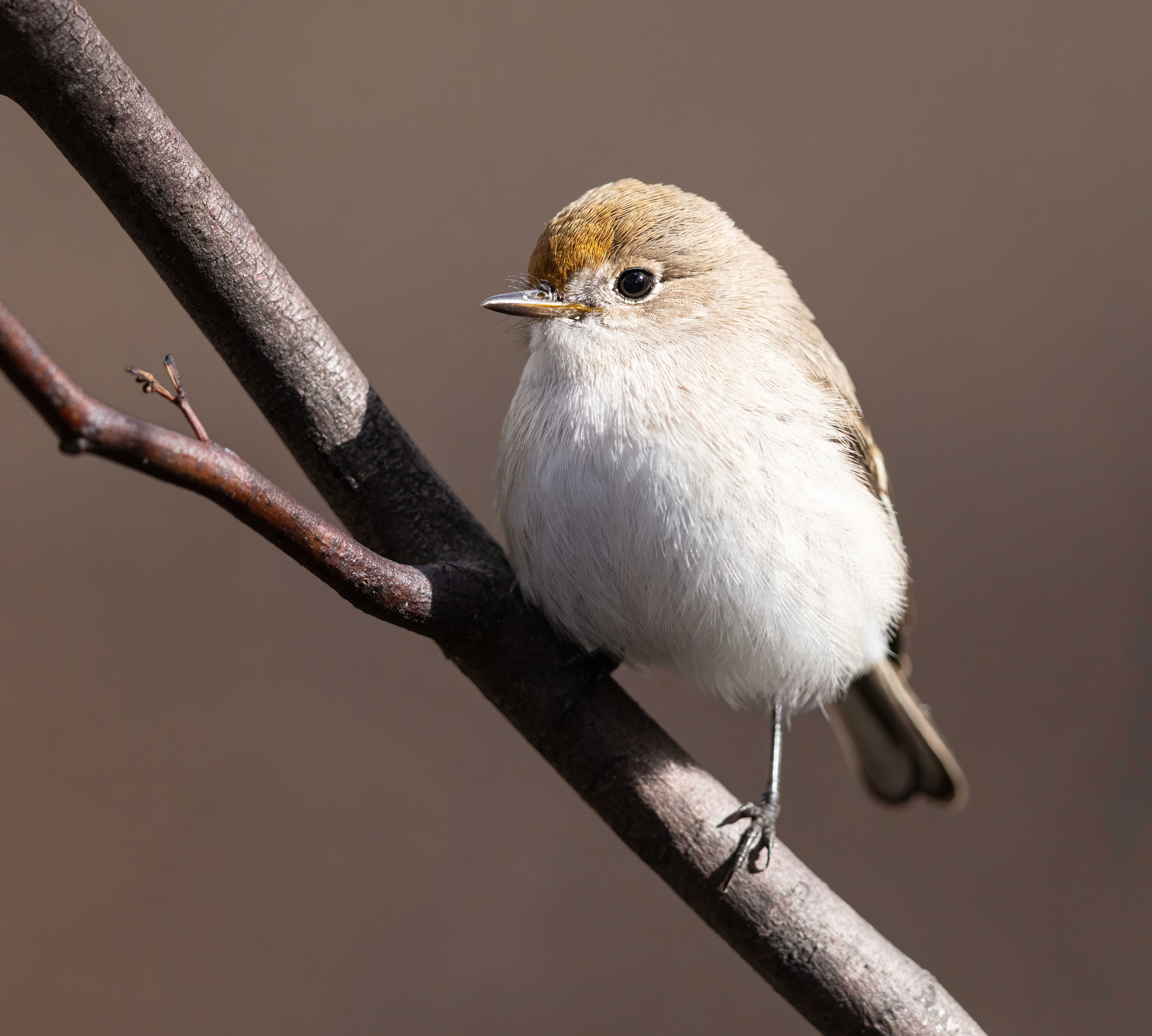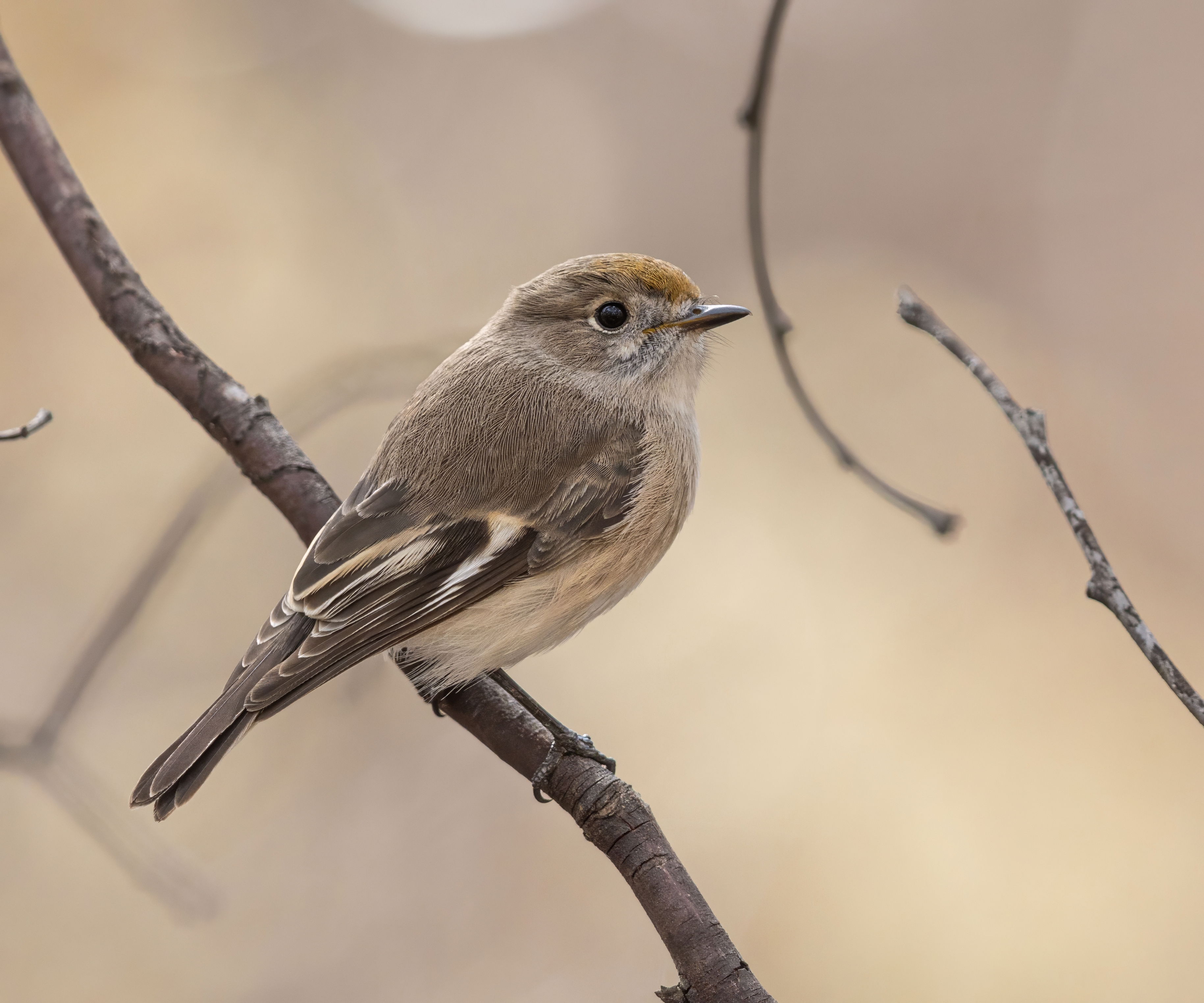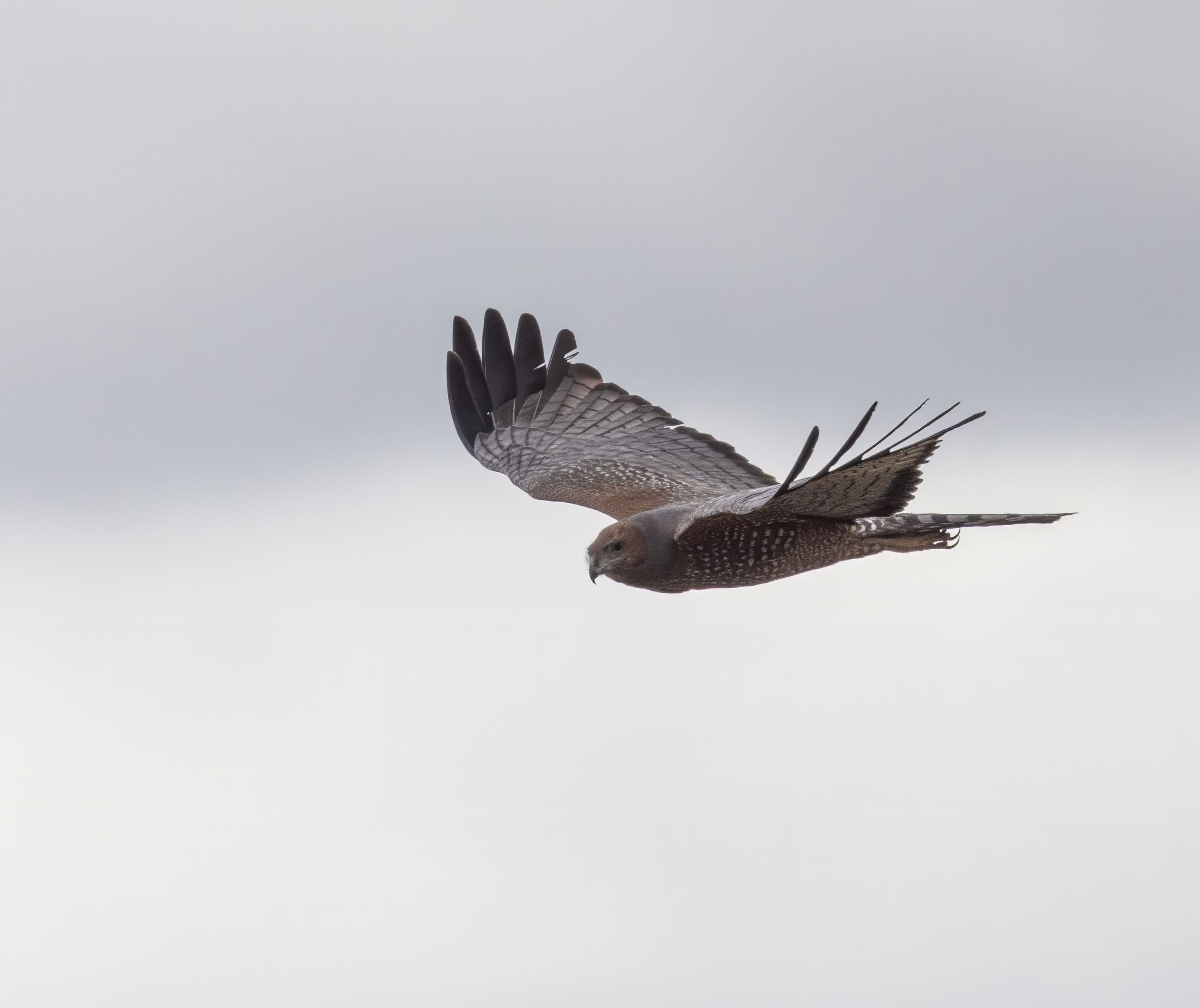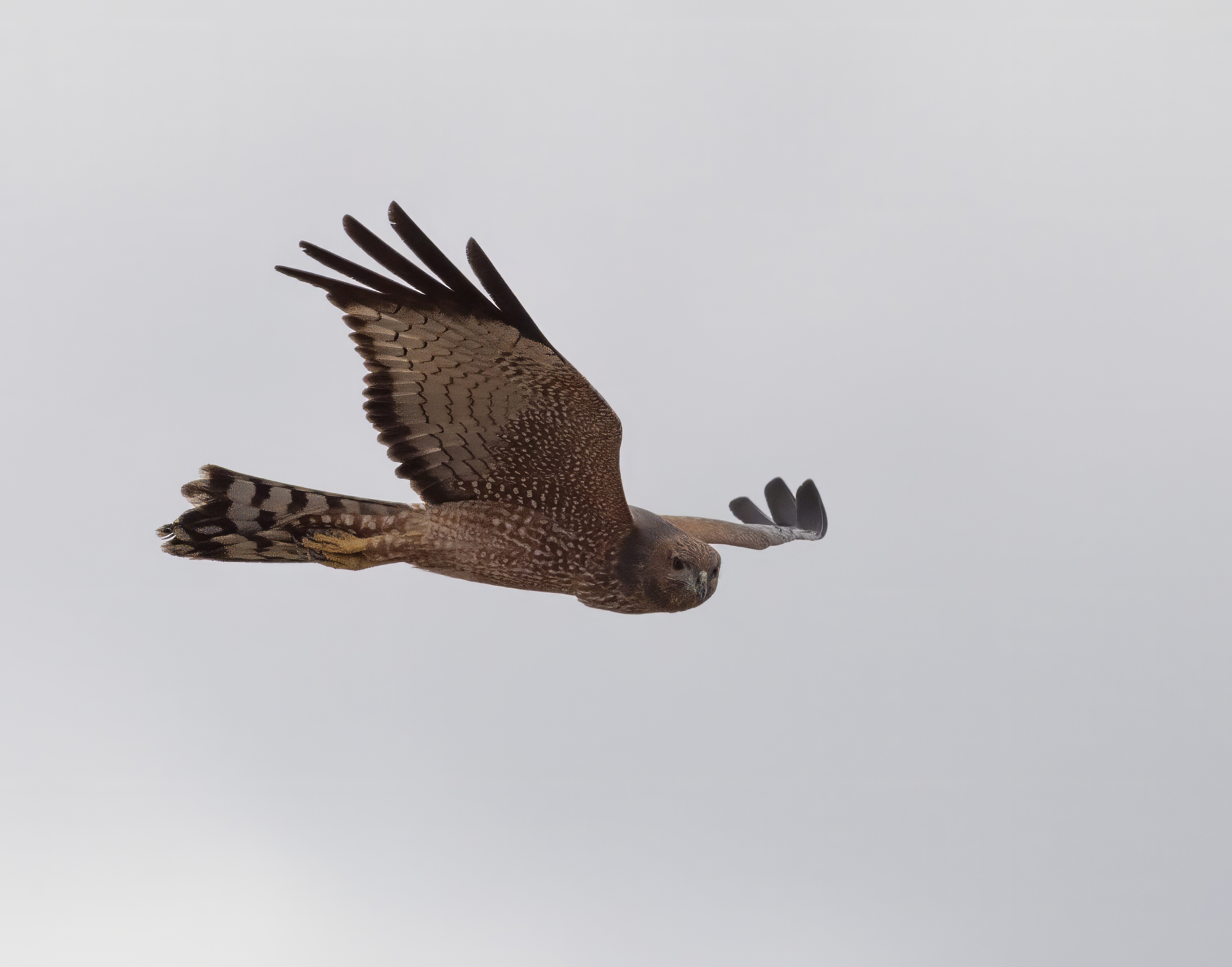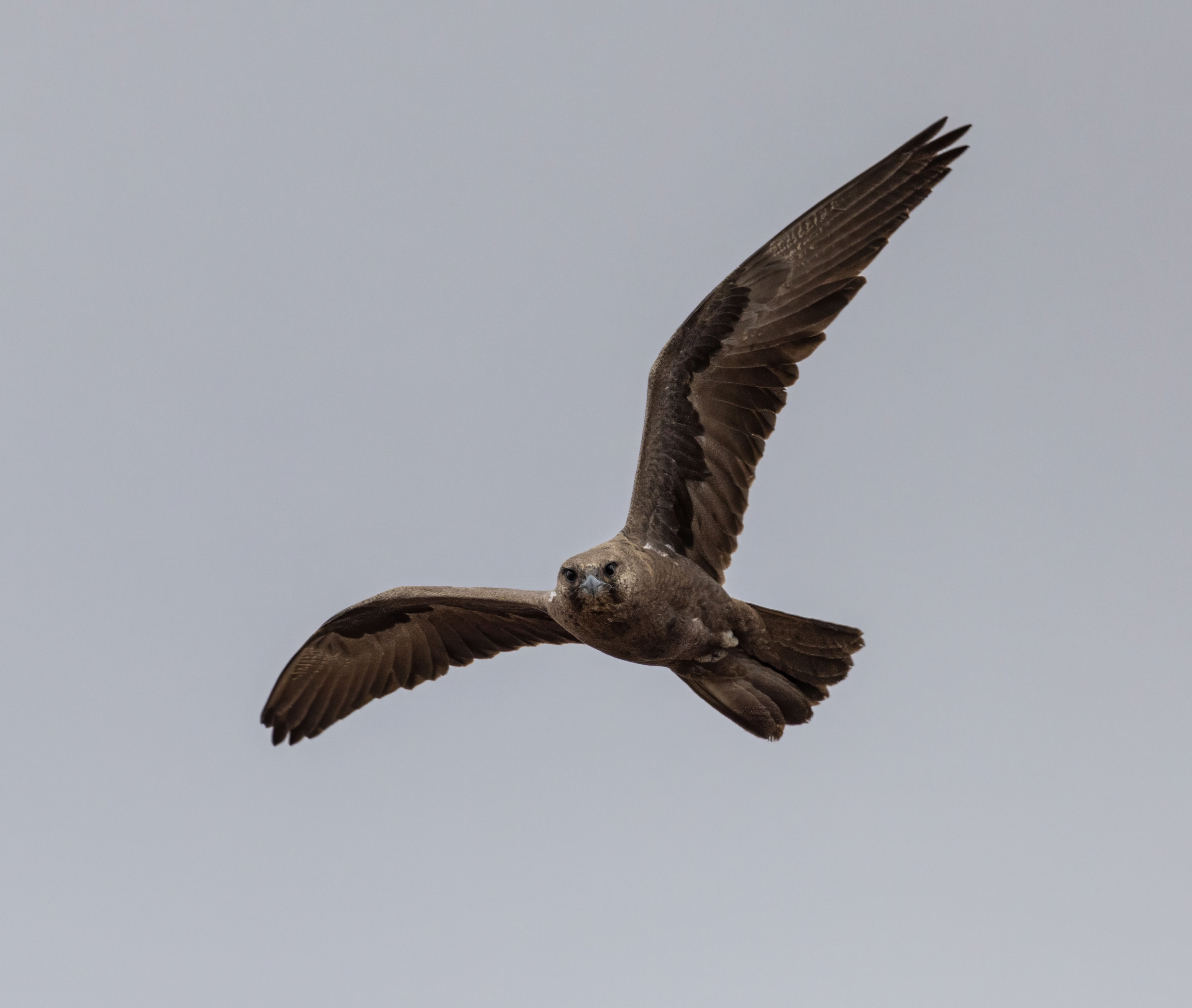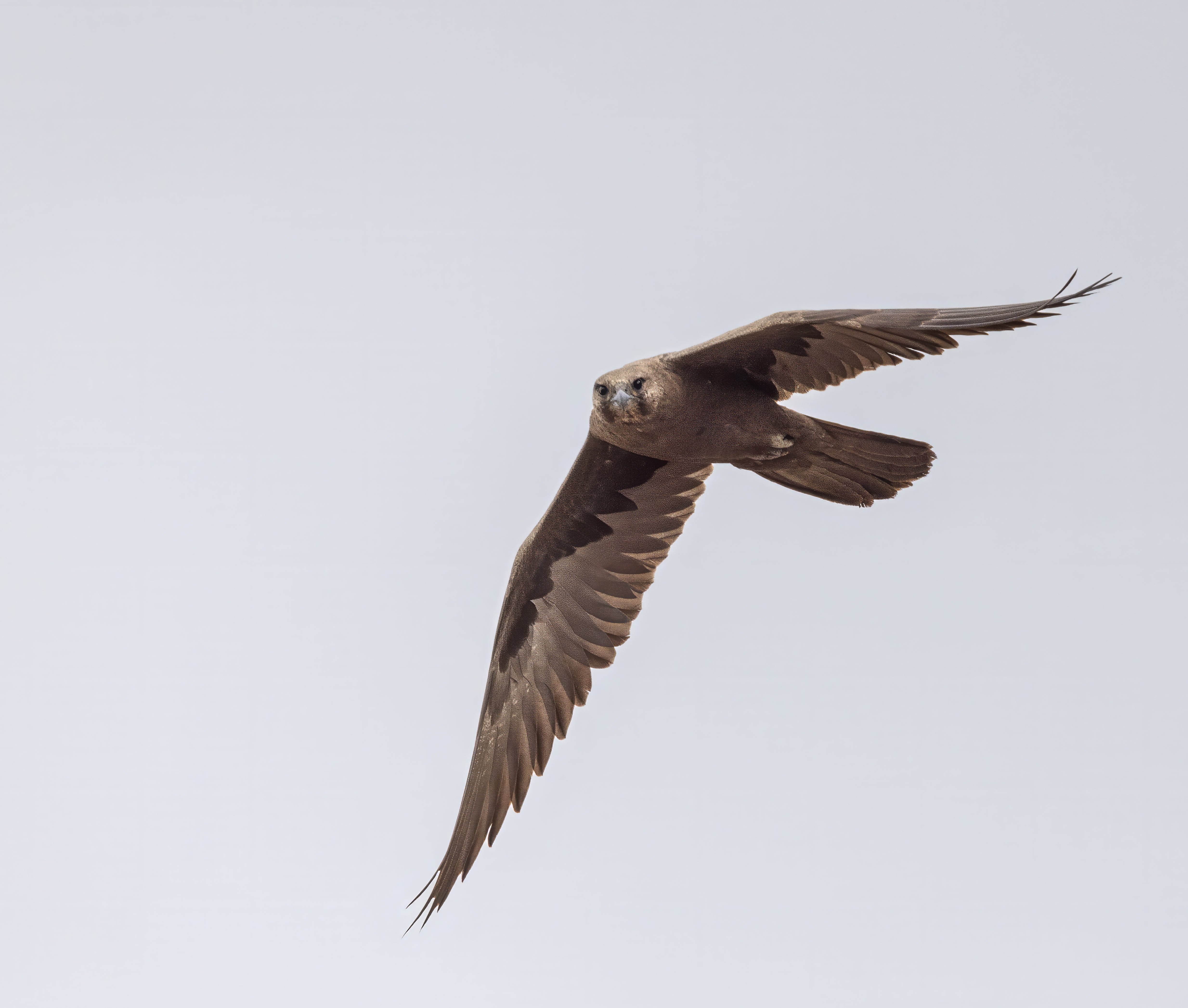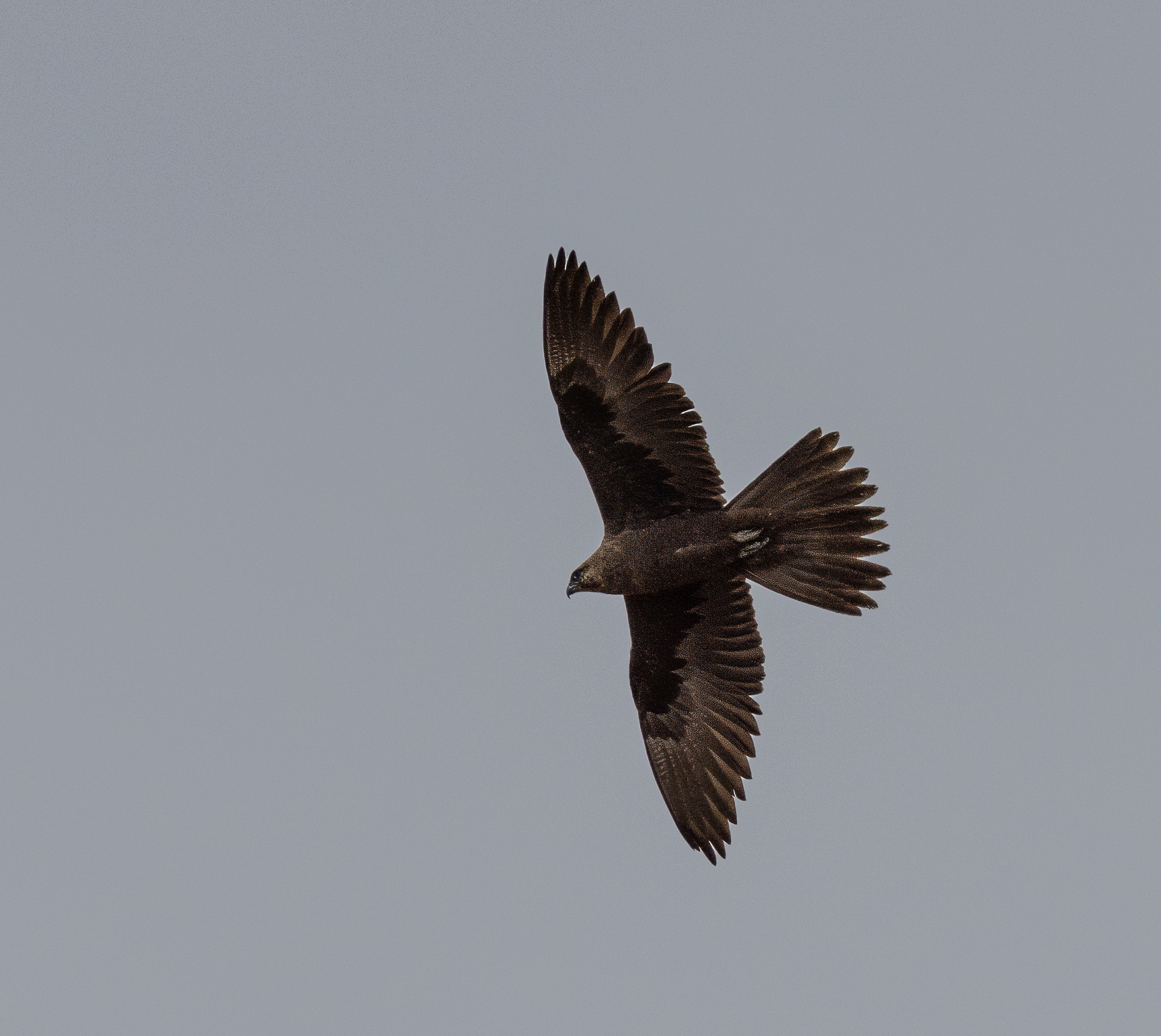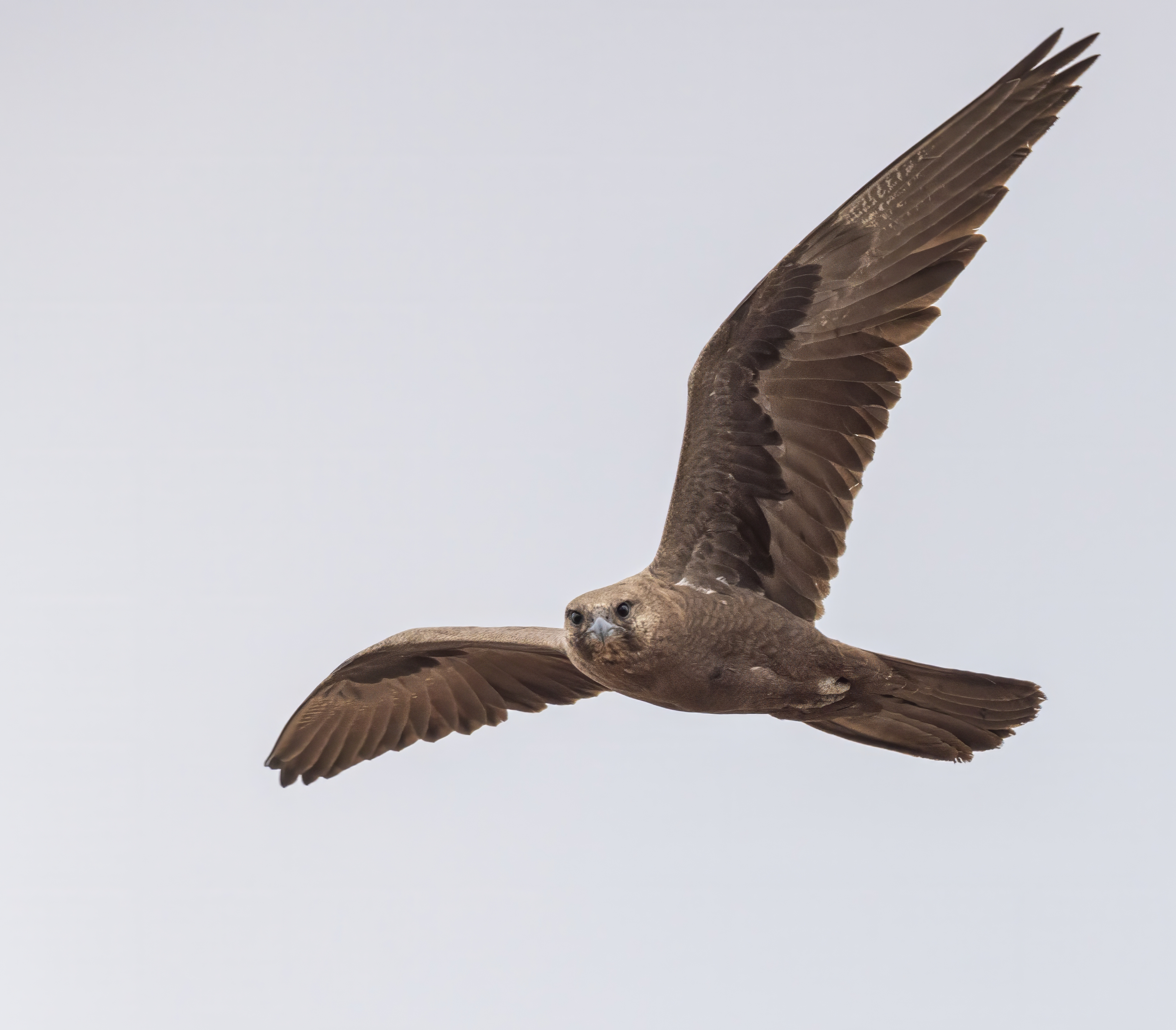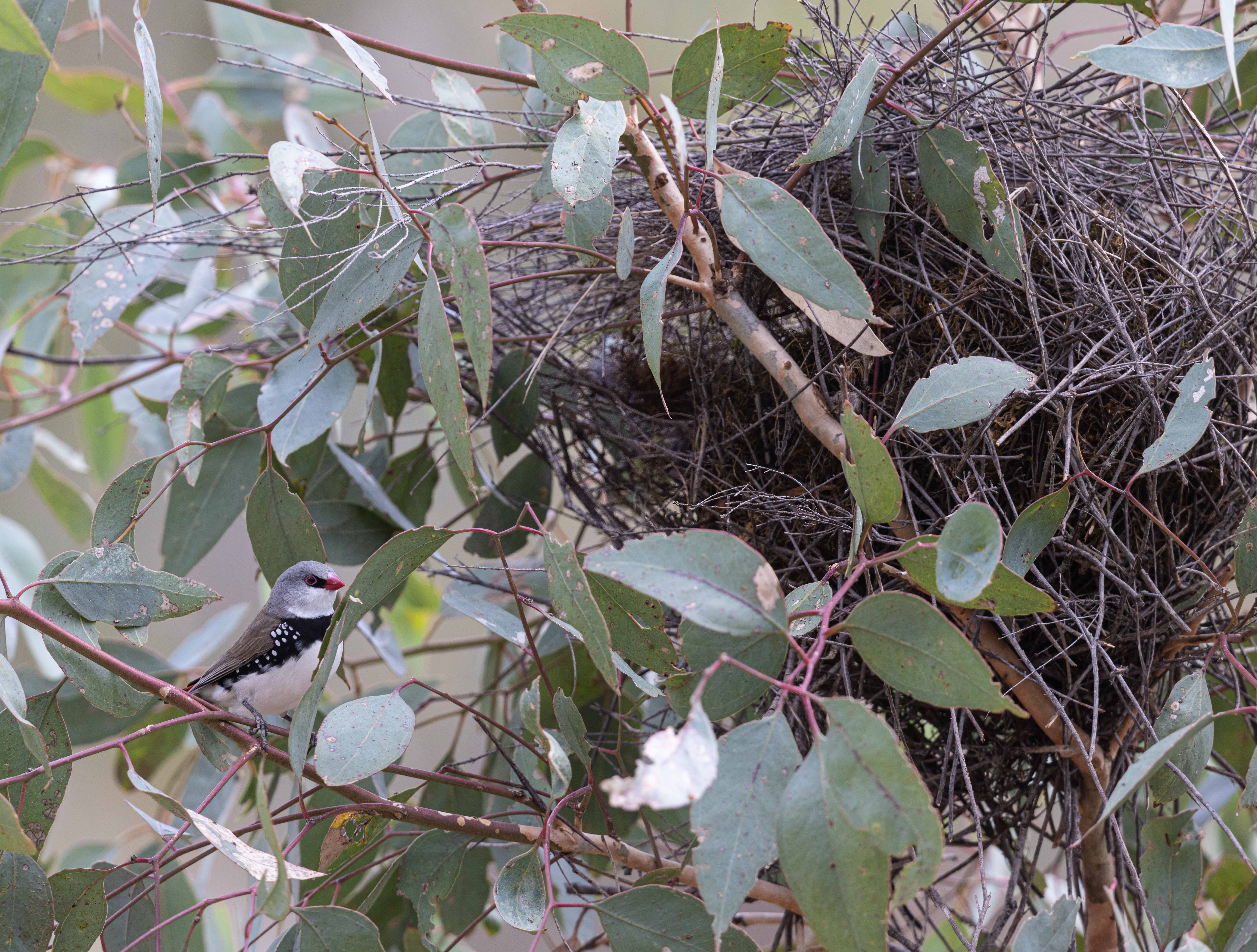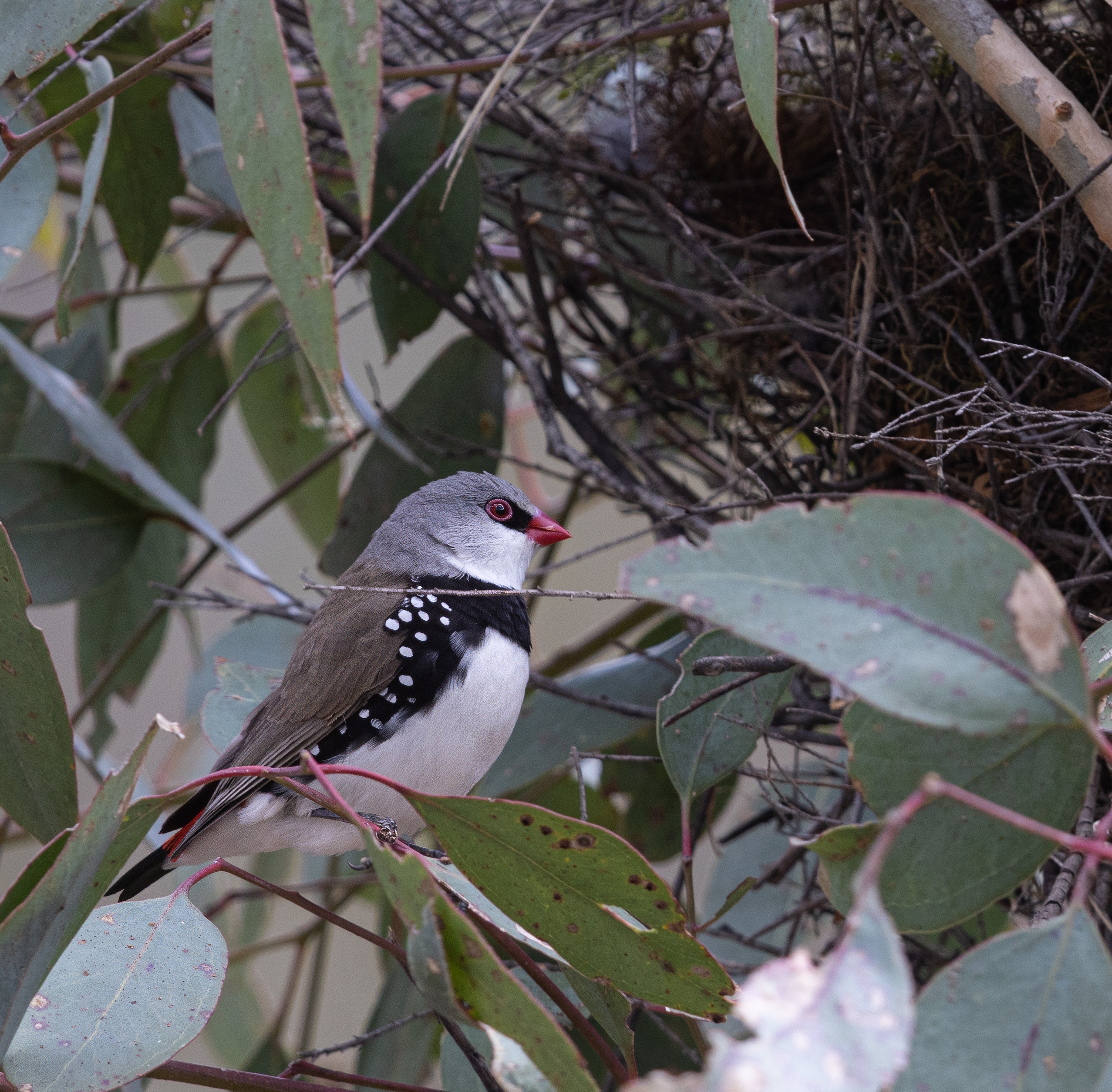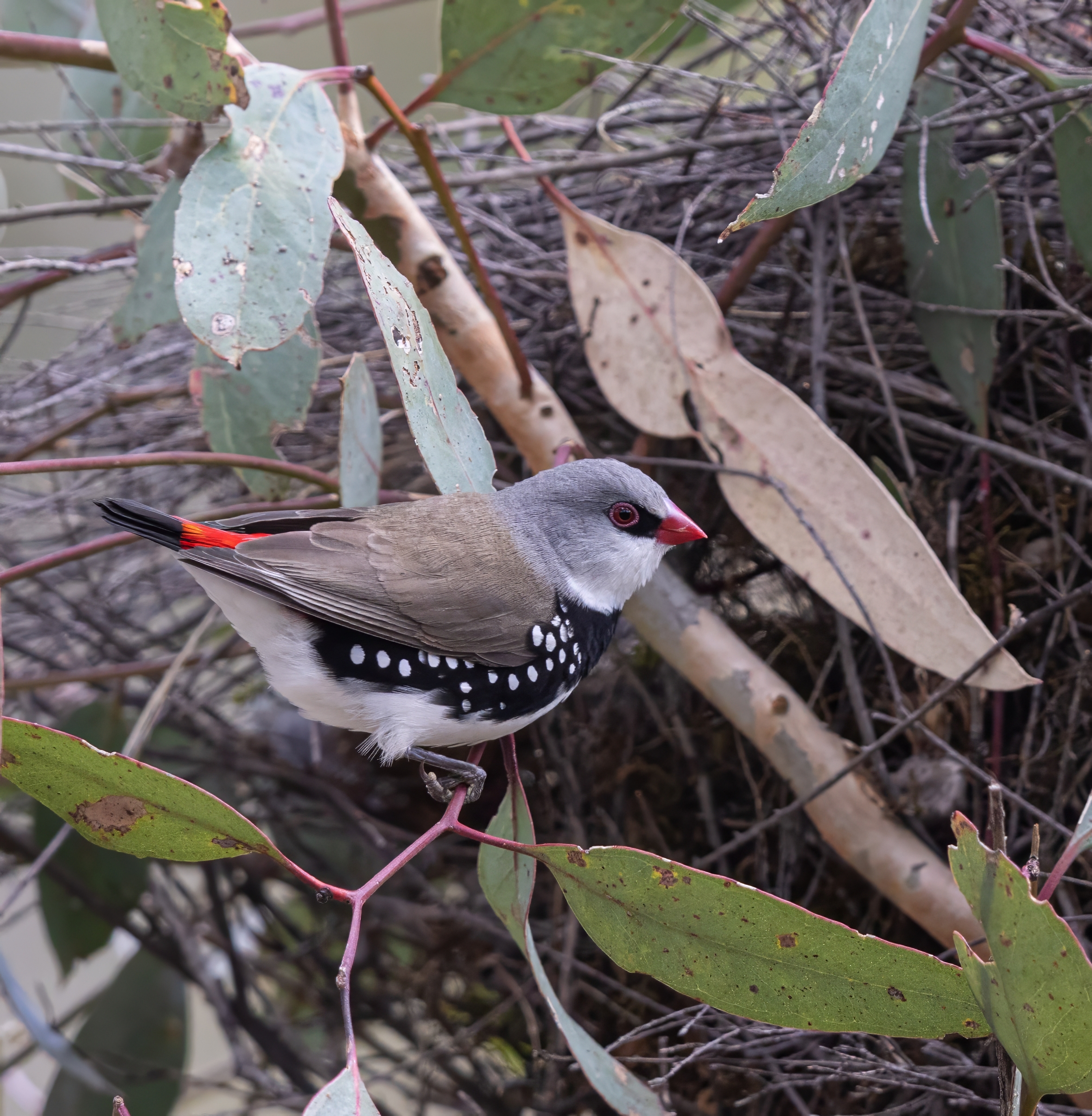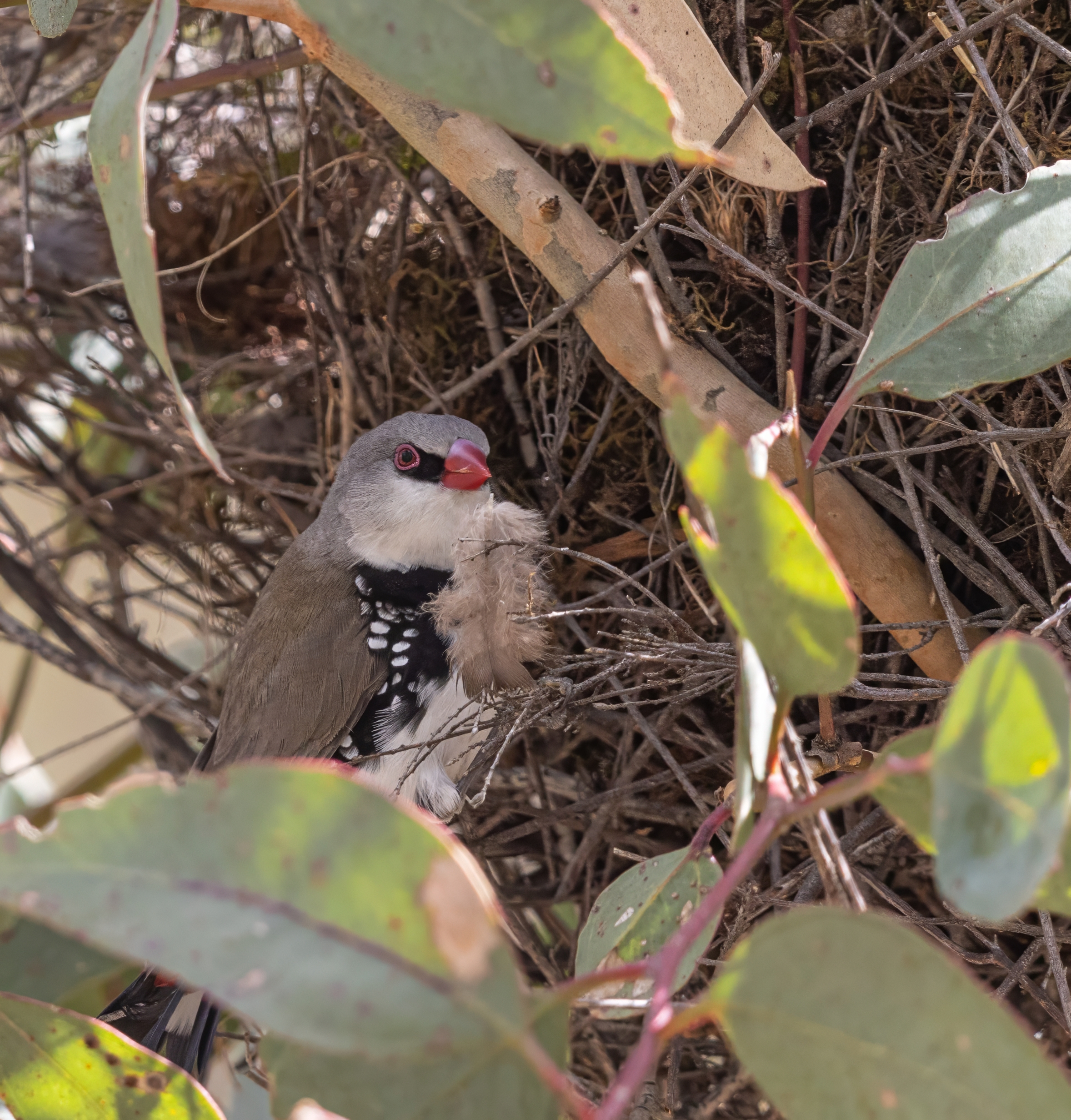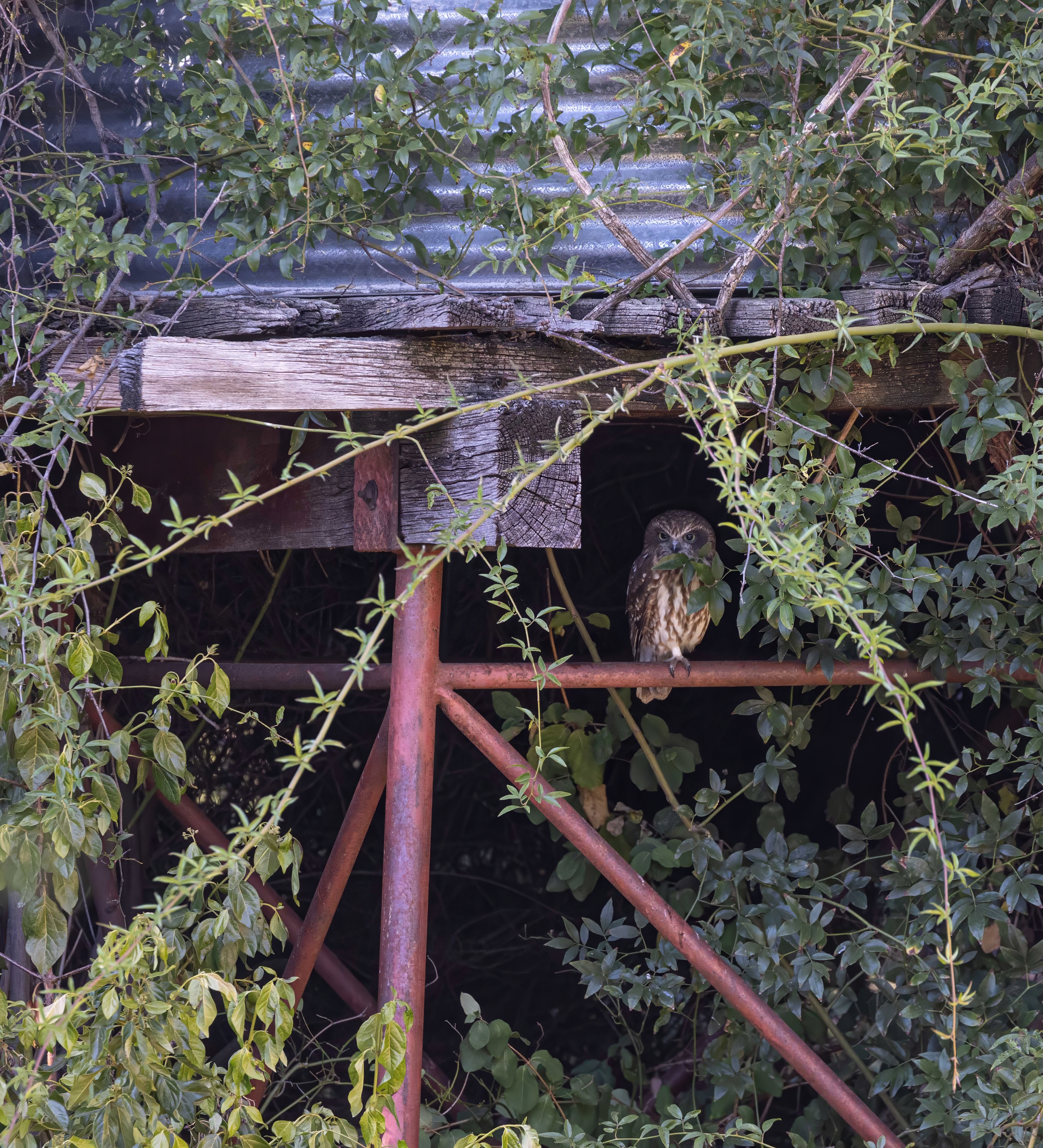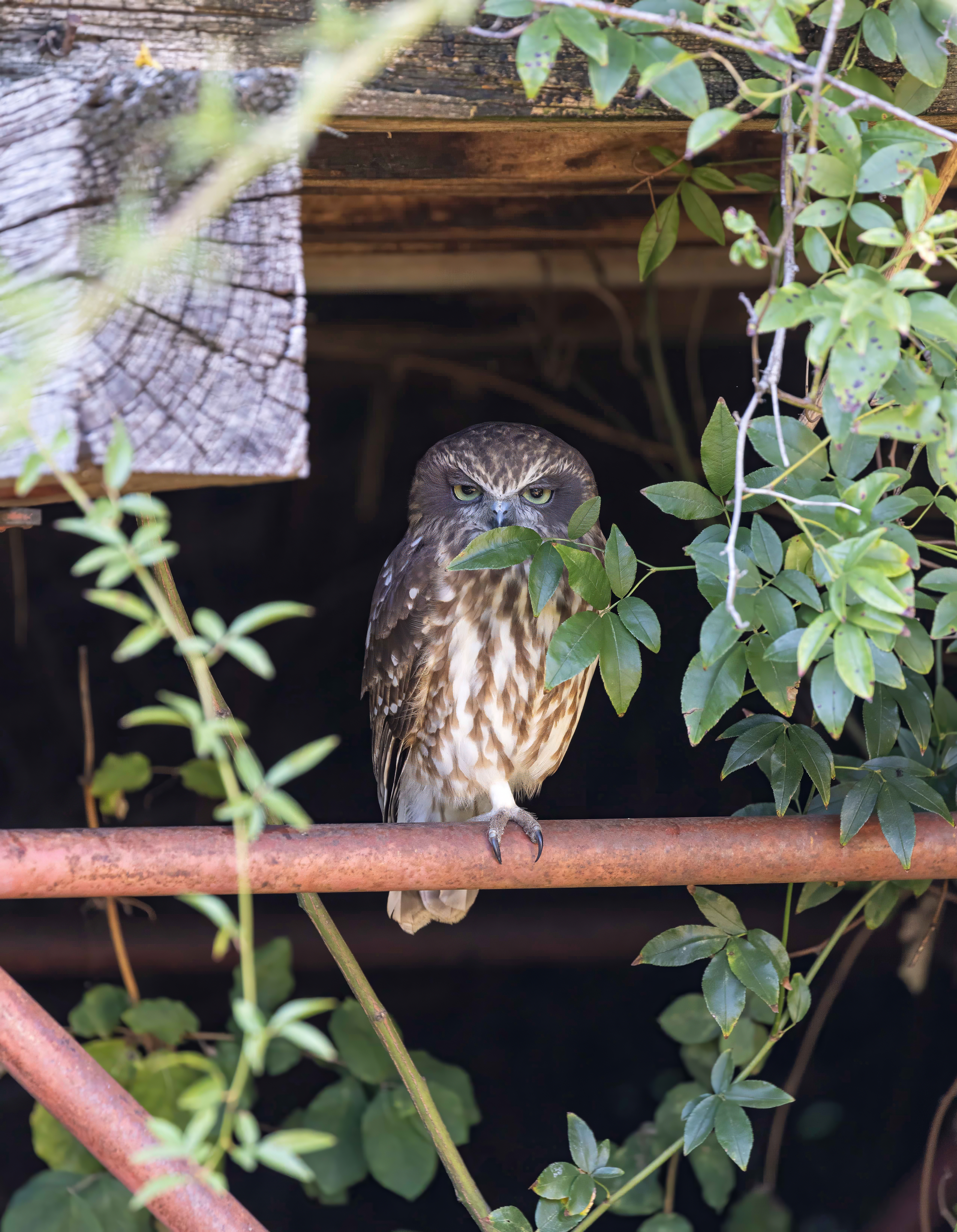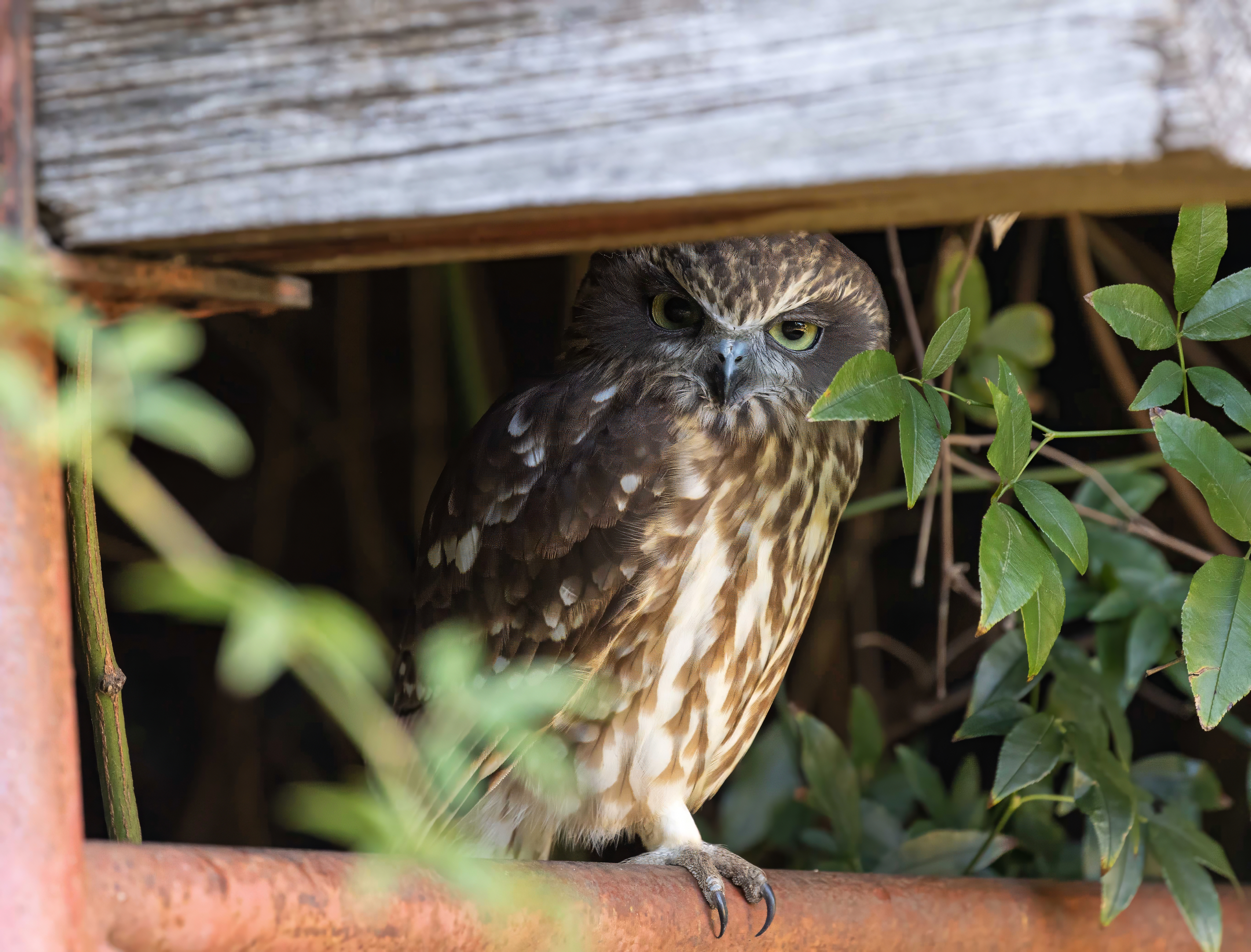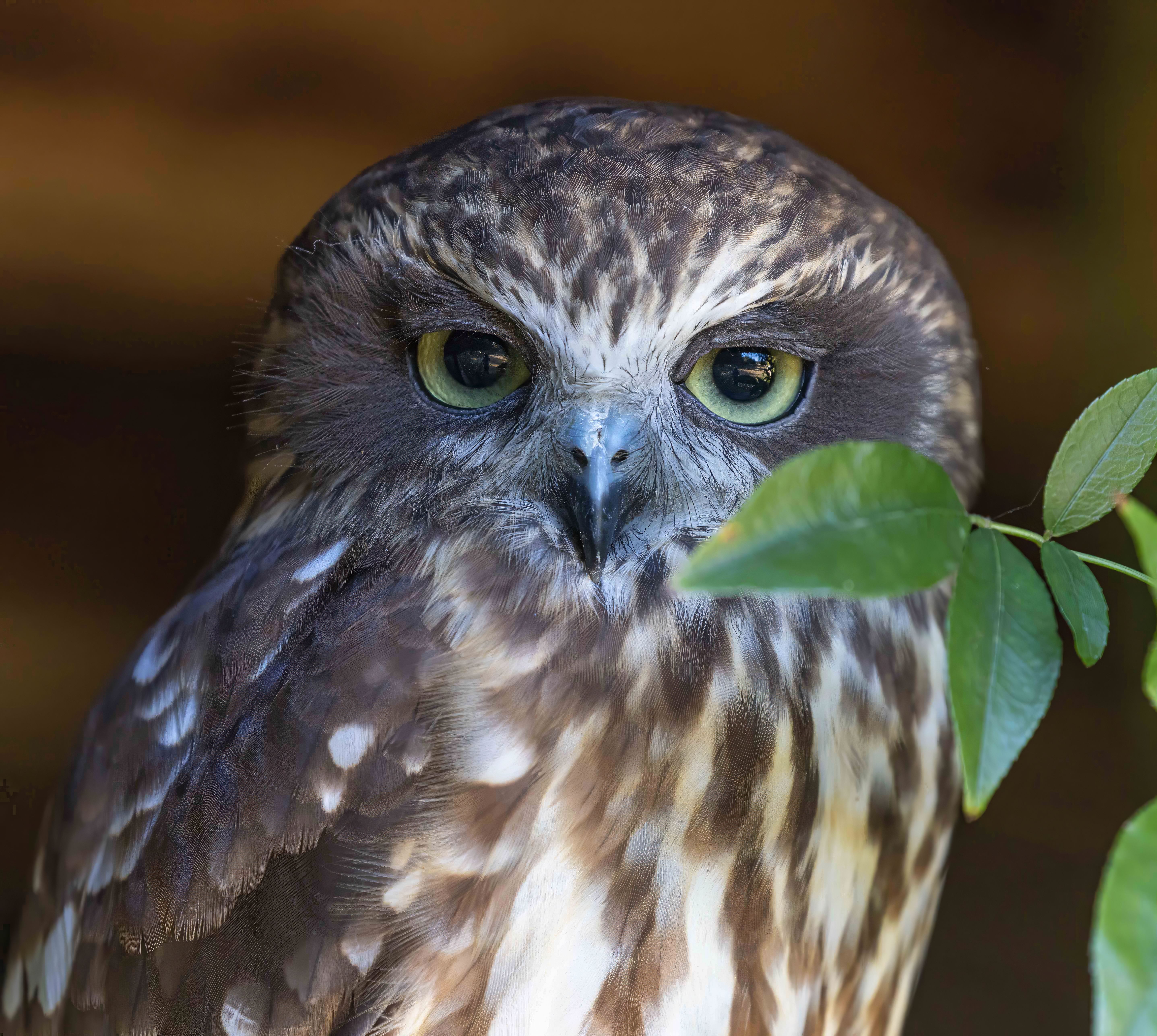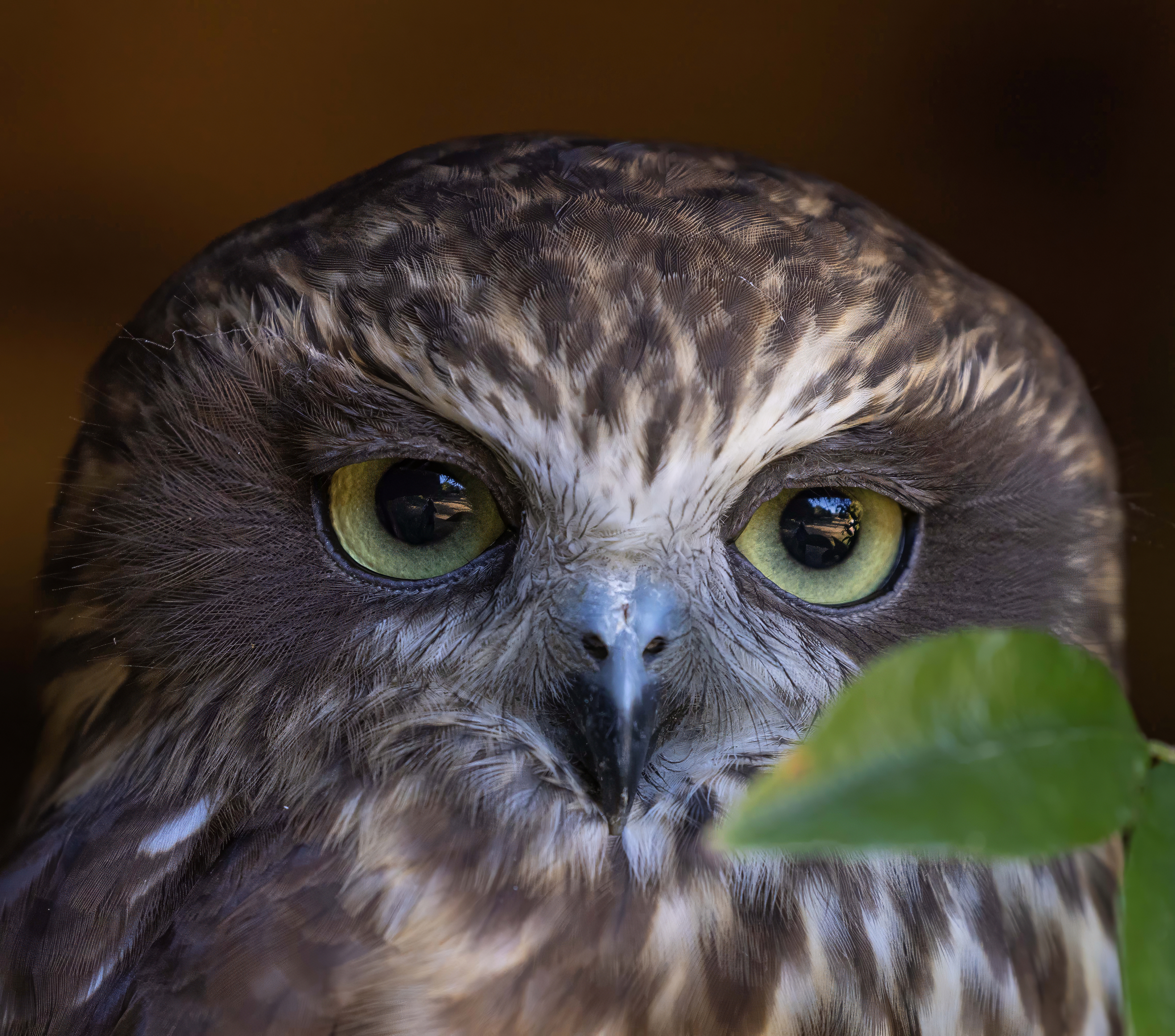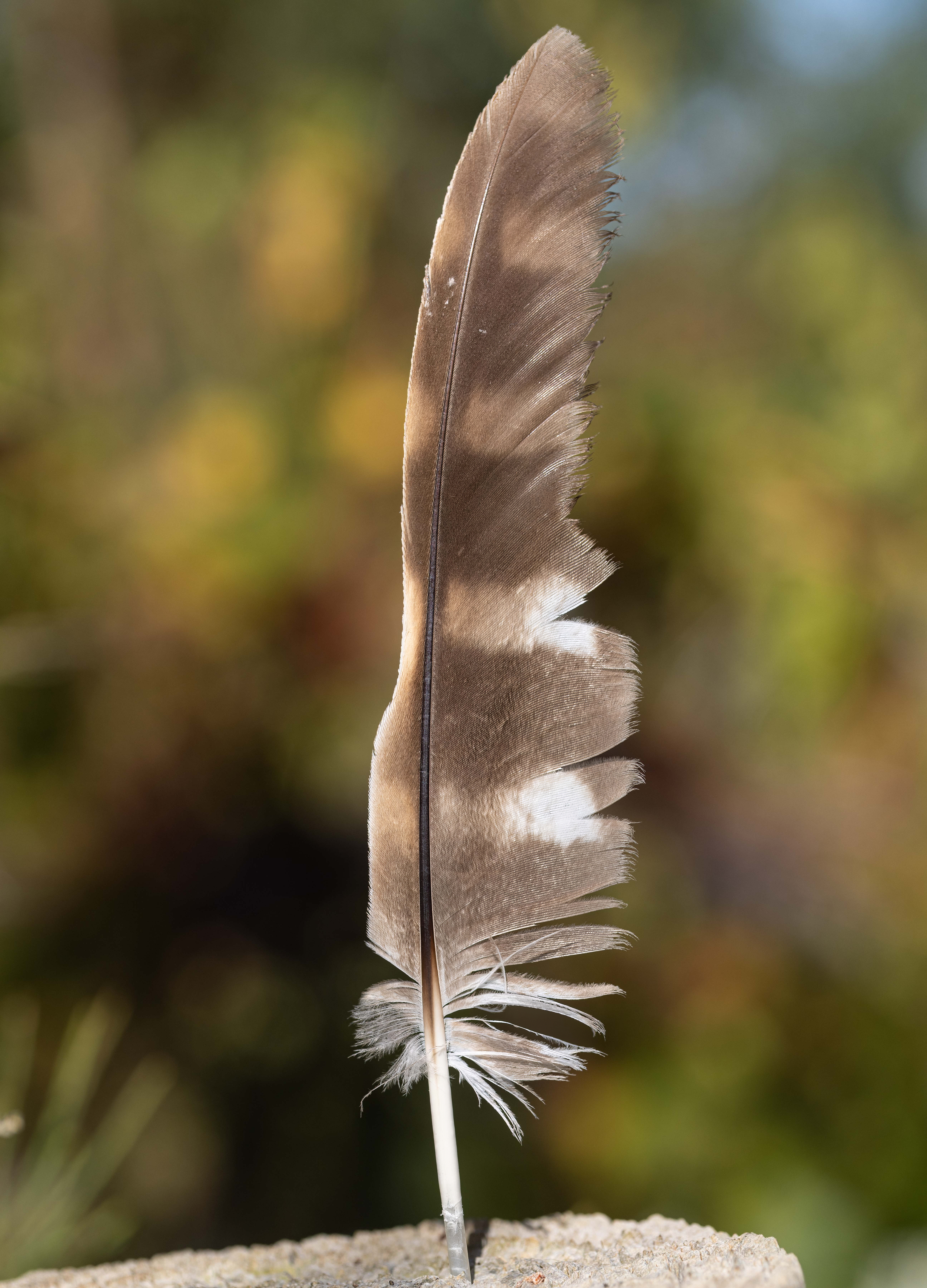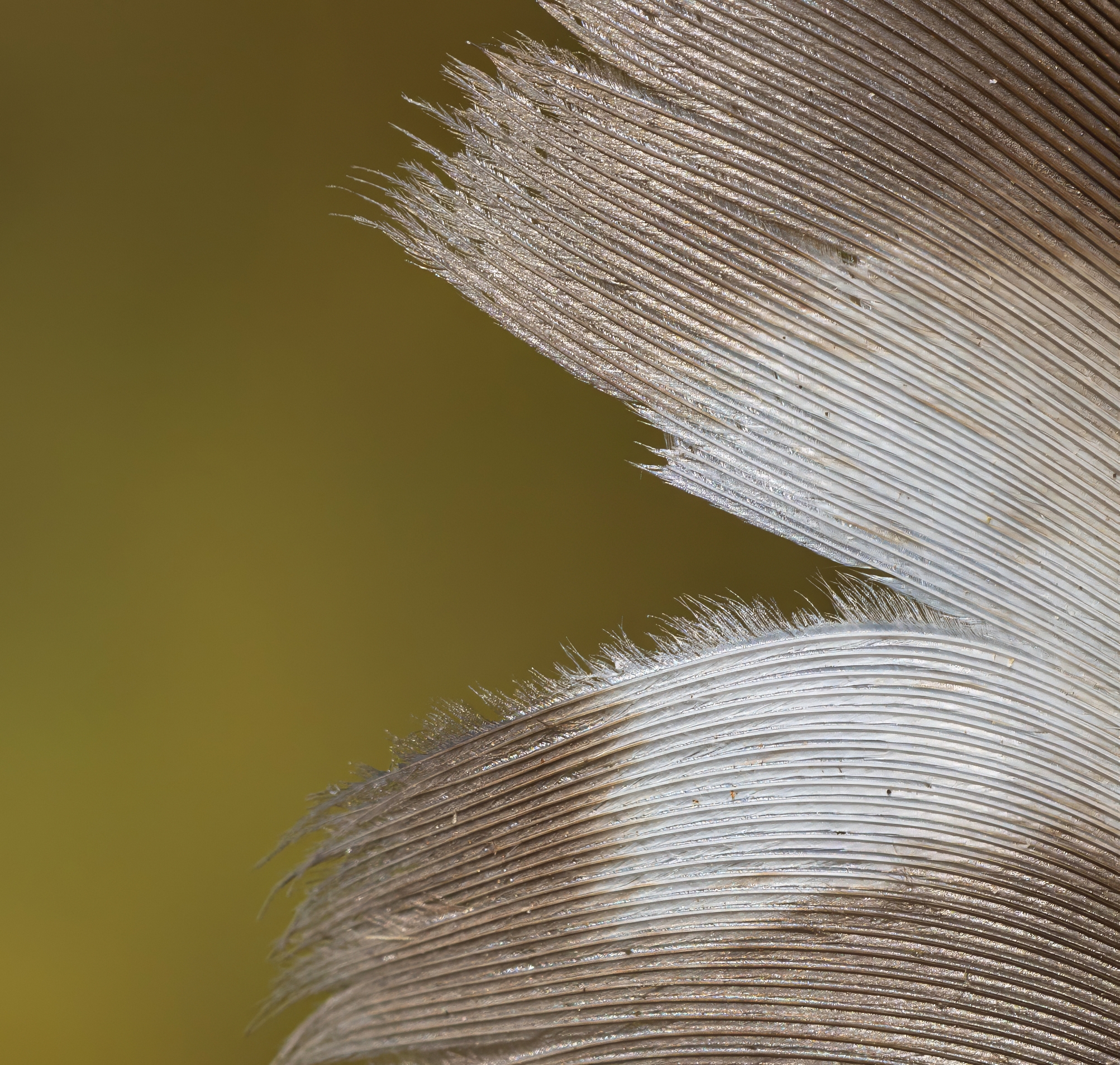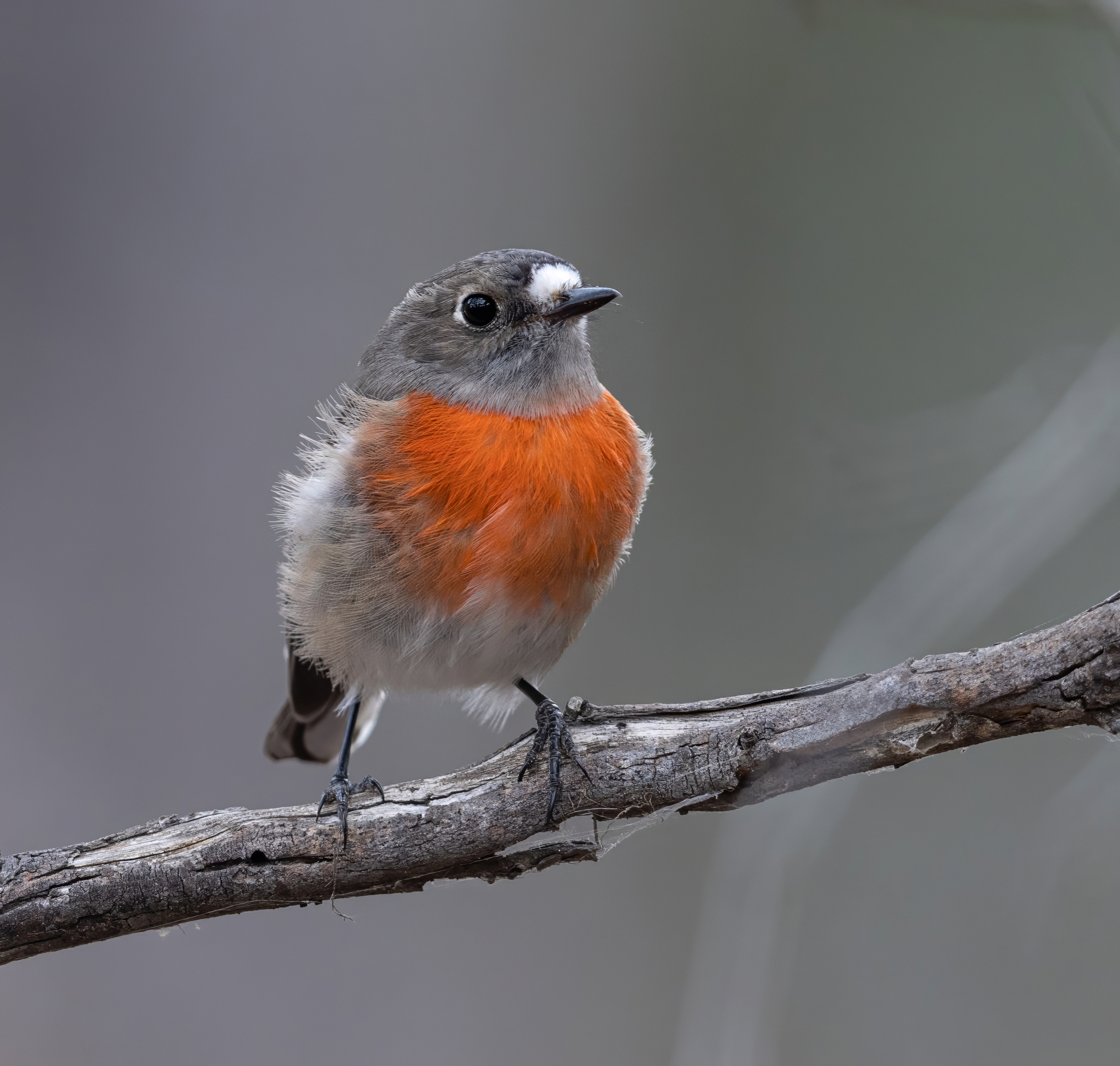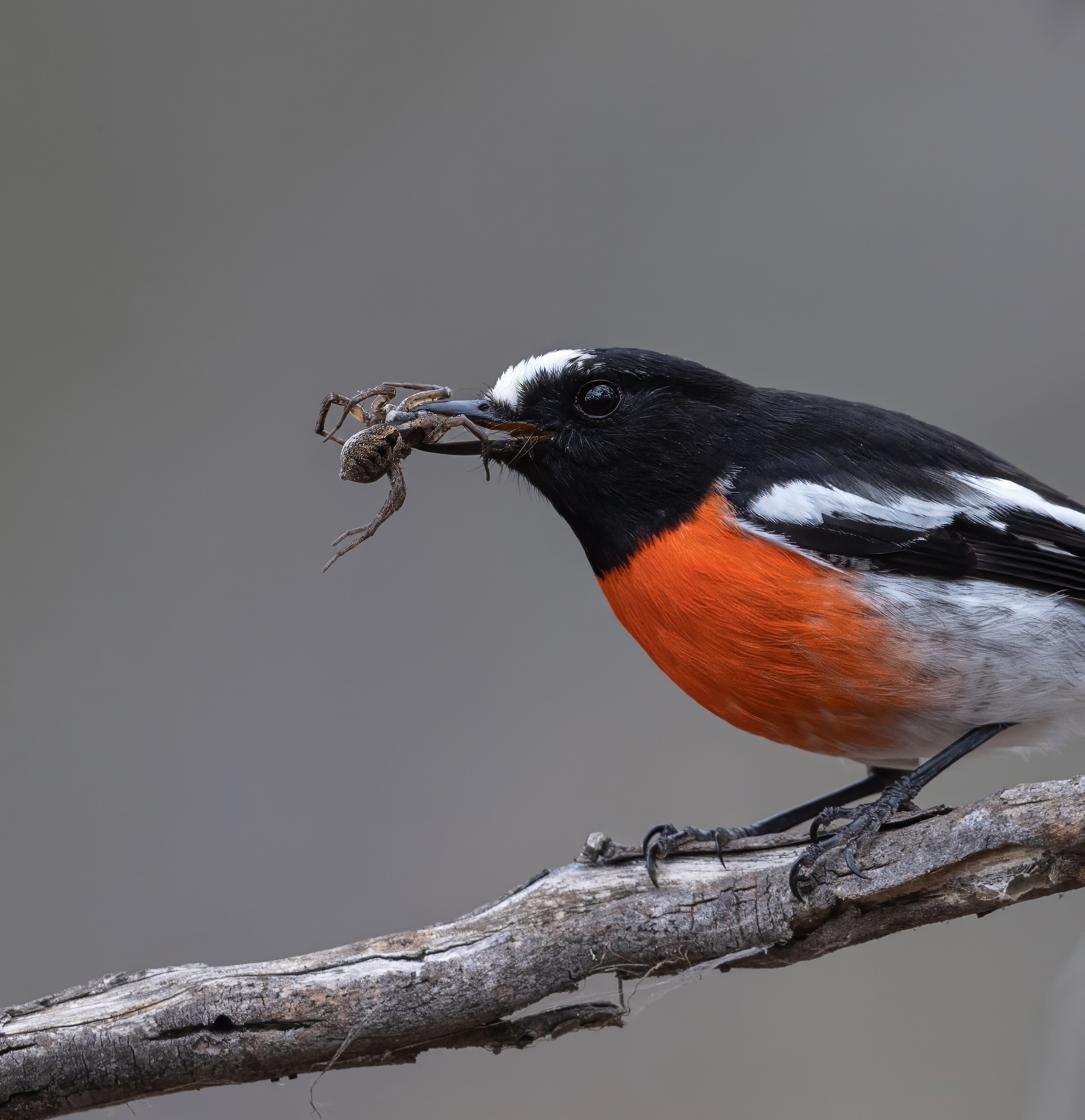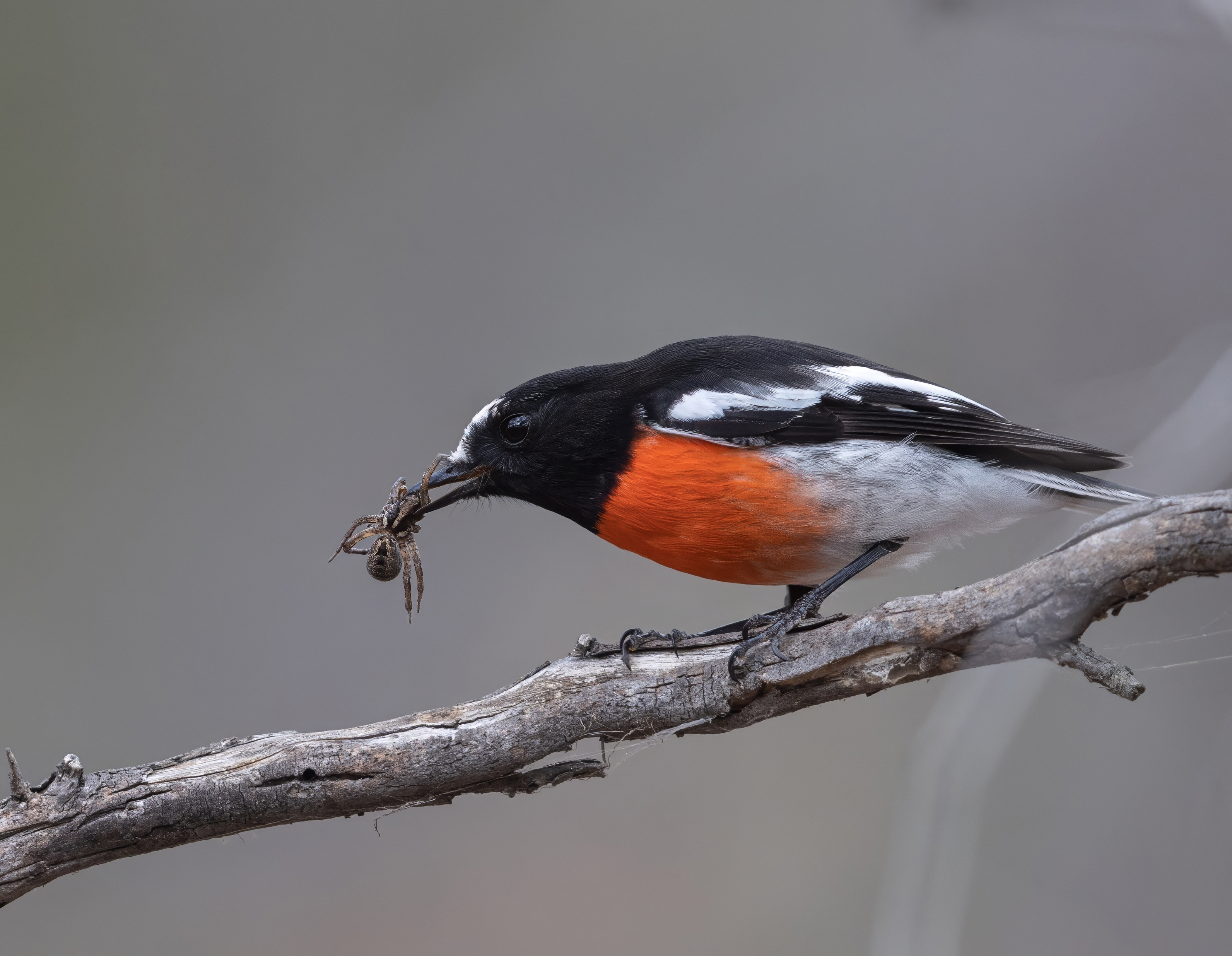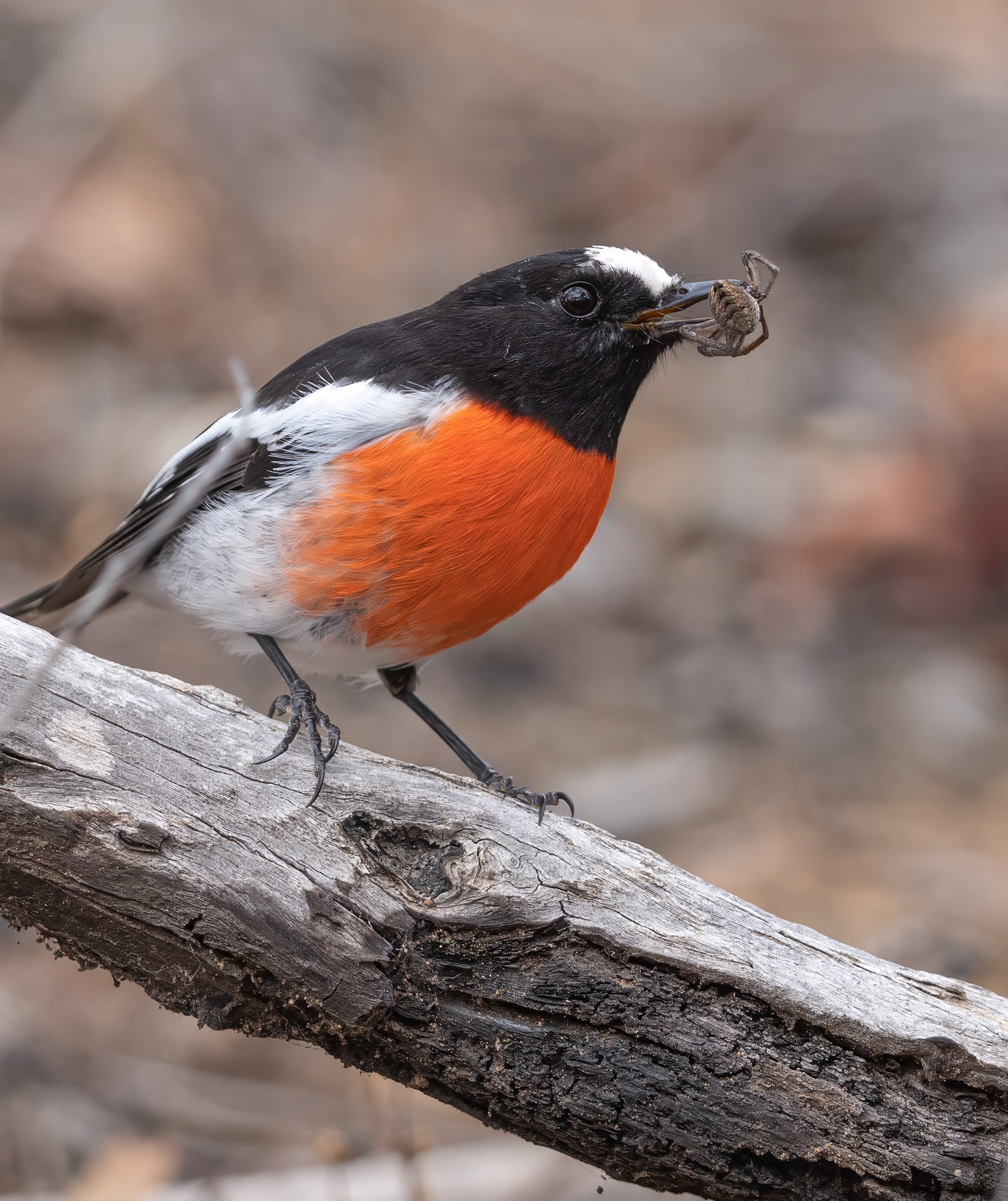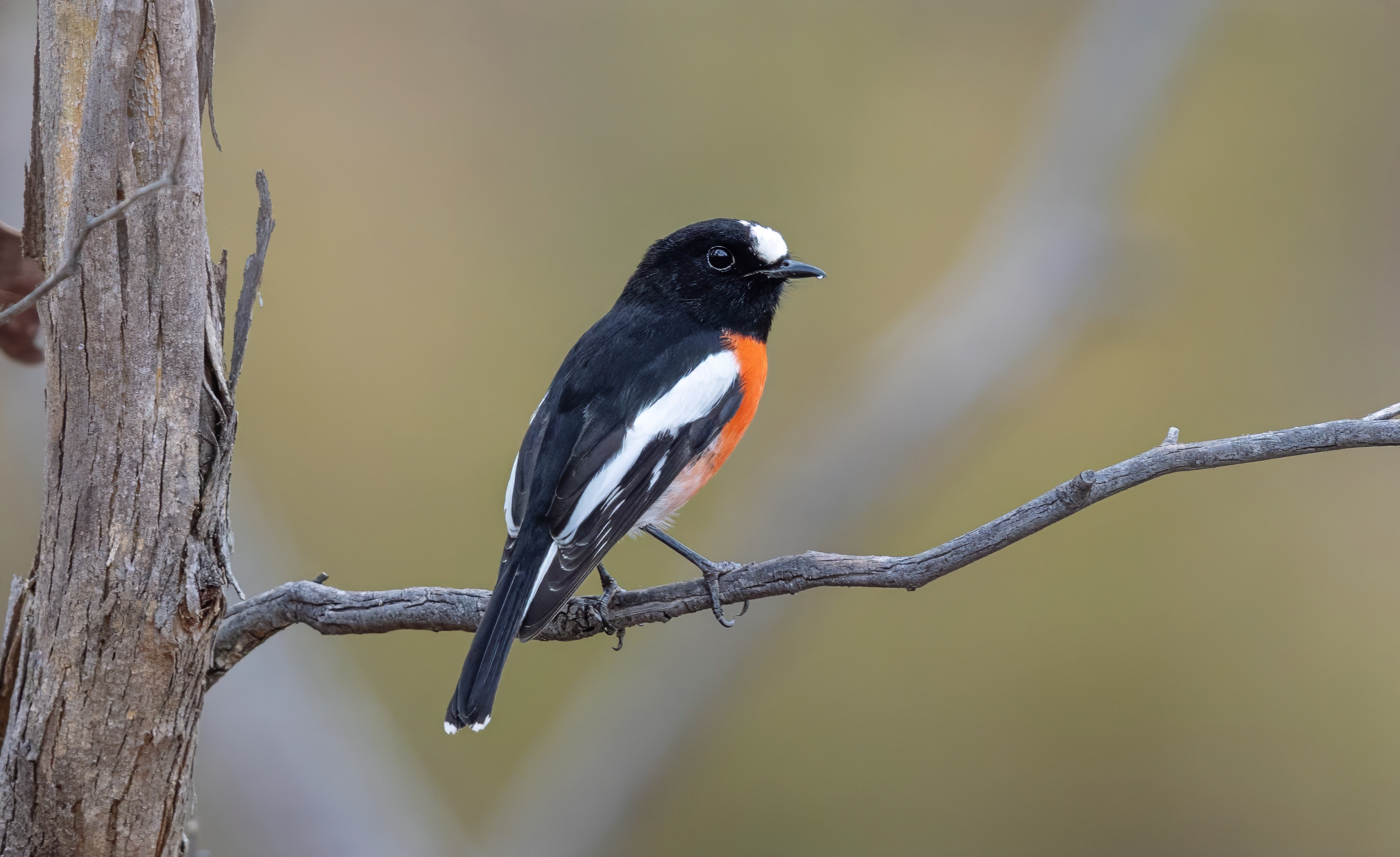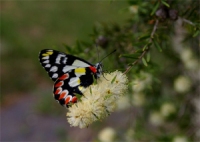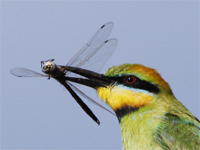As the heat of summer fades and flowering finishes, the number of insects and other invertebrates to be found on the shrubs and grasses declines. There are, however, still quite a few things to find around the place.
I was quite puzzled to find a curious-looking winged insect on the side of our house at Strangways. Unlike most insects, its wings stood quite high above its body even at rest and it had 2 long antenna-like tails. I’d not seen one of these before – uploading my shot to iNaturalist revealed it to be a Mayfly. The AI identifier on iNaturalist seems to get better all the time and observations get uploaded to the Atlas of Living Australia to help map our flora and fauna.

According to Wikipedia, Mayflies’ wings and long tails are features of the earliest flying insects. Their juvenile stages live in clear, well-oxygenated water, which may explain why we never see them at our place which is on a ridge with a not very clear dam.
There seem to be very few beetles (except in the leaf litter) at present. I found one tiny specimen on a dried and shrunken Golden Wattle flower bud. Given that the bud was about 3mm long, it’s not hard to see how small this little cutie is.

While the middle and ground storeys of the woodland are a bit light on for invertebrates at present, there’s plenty to be found under rocks, fallen timber and throughout the leaf litter. Under a rock on our back yard I was pleased to meet some very beautiful Golden-tailed Bull Ants (Myrmecia piliventris)

These magnificent ladies are toothless Bull Ants. To me at first glance that seems a little odd given those mighty mandibles, but if you look closely you can see that the inner edge of their pincers are smooth – devoid of the teeth that other species have (compare to the Black-headed Bull Ant below, photographed a while back)



Grass flower stems are often a good place to find insects and spiders. On one, I found Green Lacewing. This one very generously let me get some really up-close shots without flying off.


There are always plenty of spiders to find, most are very small or miniscule. At the other end of the size spectrum are the Huntsman spiders. I got a few shots of a Beautiful Badge Huntsman on a Golden Wattle. The view of the mouth parts from below can be quite spectacular.

The front view is also pretty imposing, but it wasn’t until I saw the photos on my computer that I could see the red mites this one was infested with, one on a leg and the other very close to those menacing looking mouth parts.

I quite often find much smaller Huntsman spiders on our wattles. I’m never sure if they are just young ones or if they are different species. I’d quite appreciate any illumination here from someone who knows their arachnids!


So many times, invertebrates leave interesting traces when they themselves can’t be found. I often notice intriguing marks in Golden Wattle leaves, but have no idea who is making them. Again, any information on this one would be greatly appreciated!


